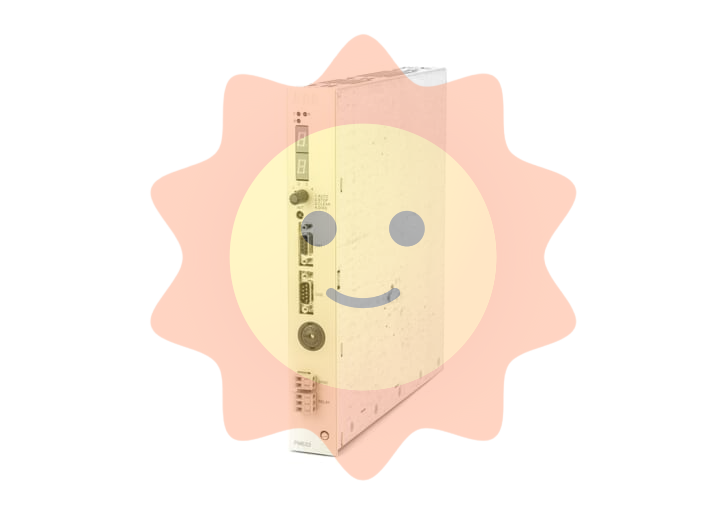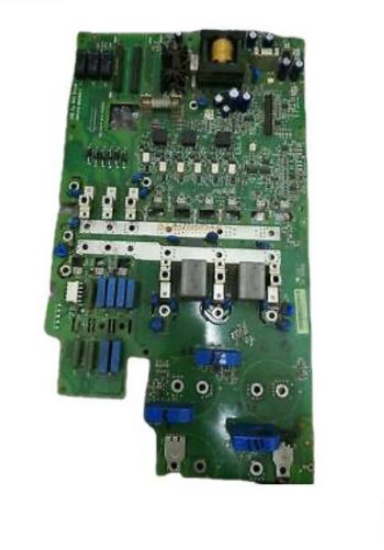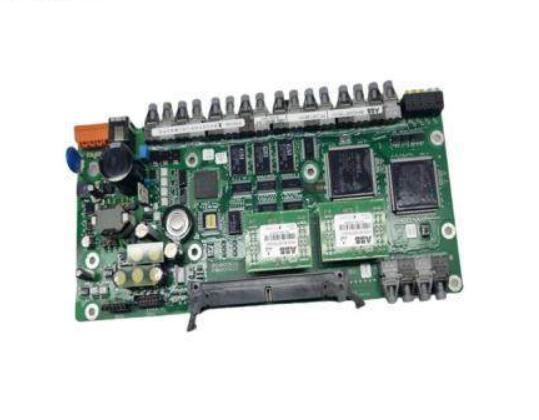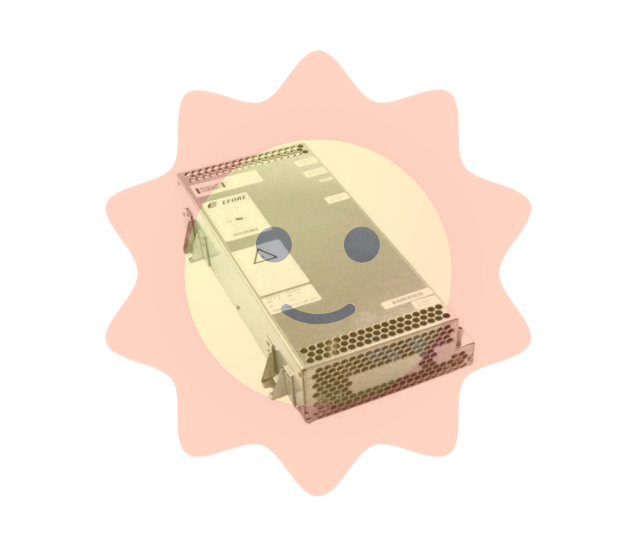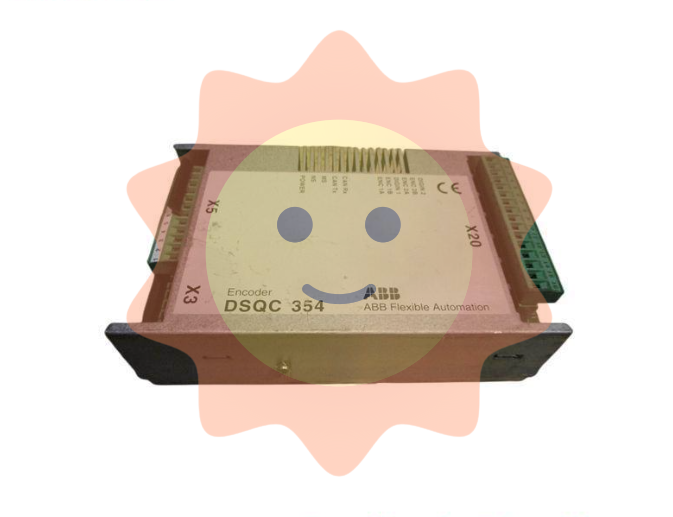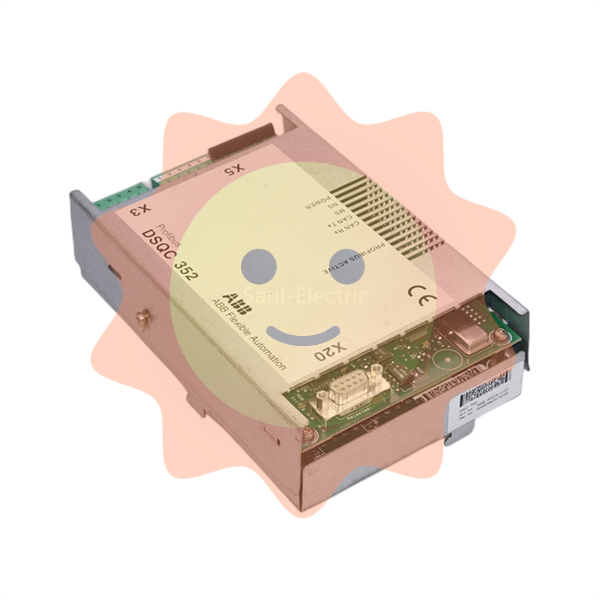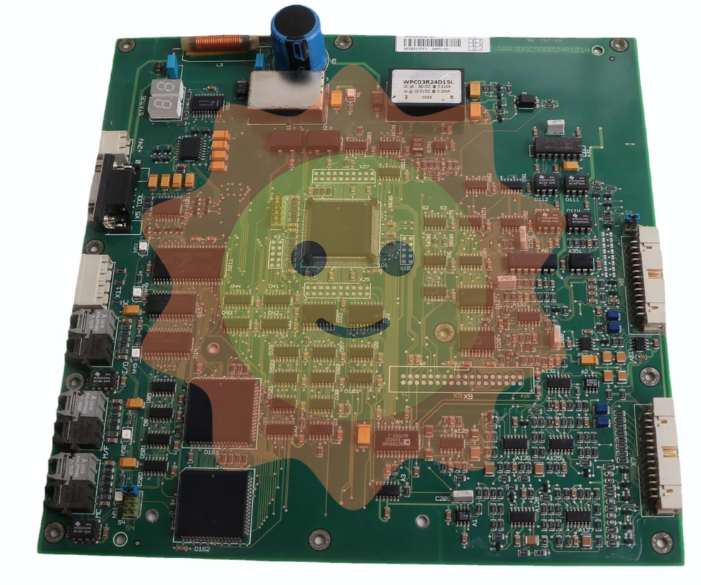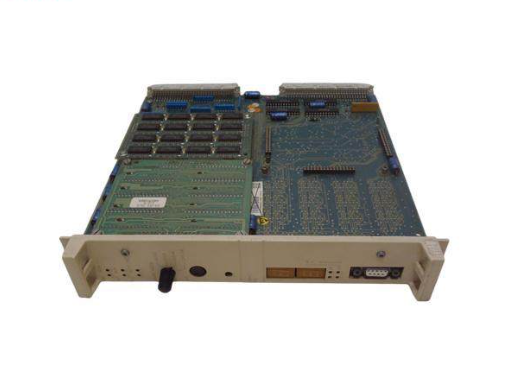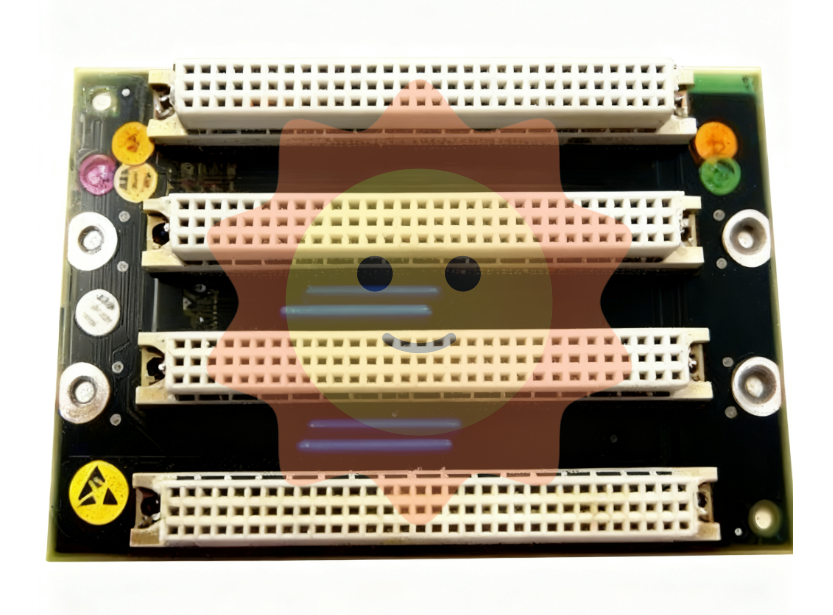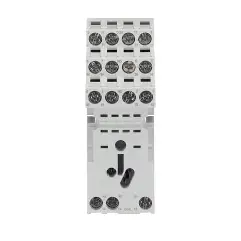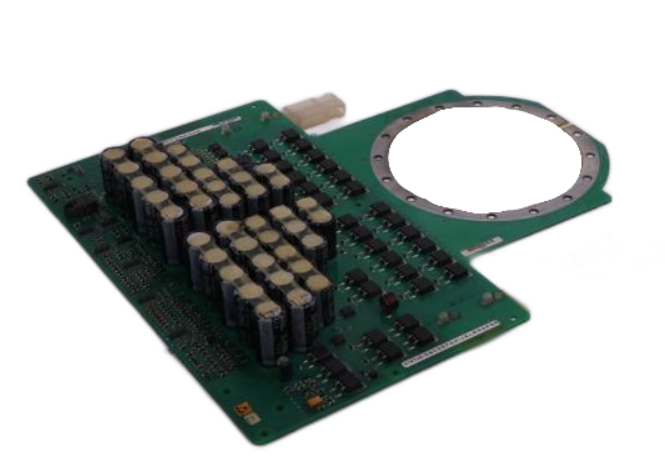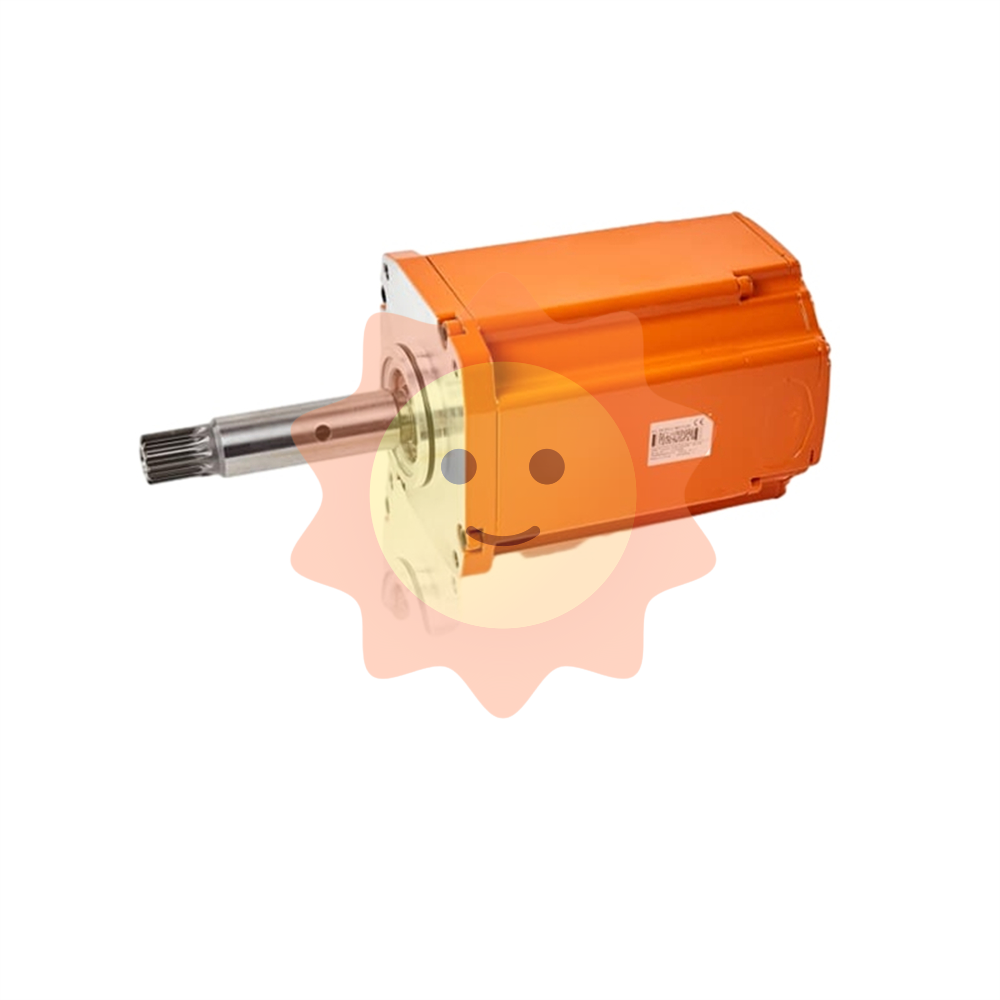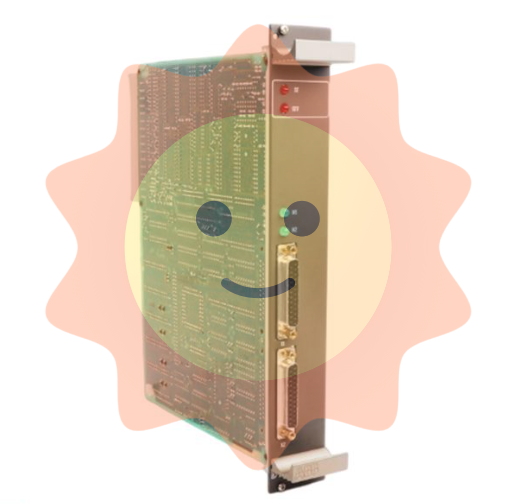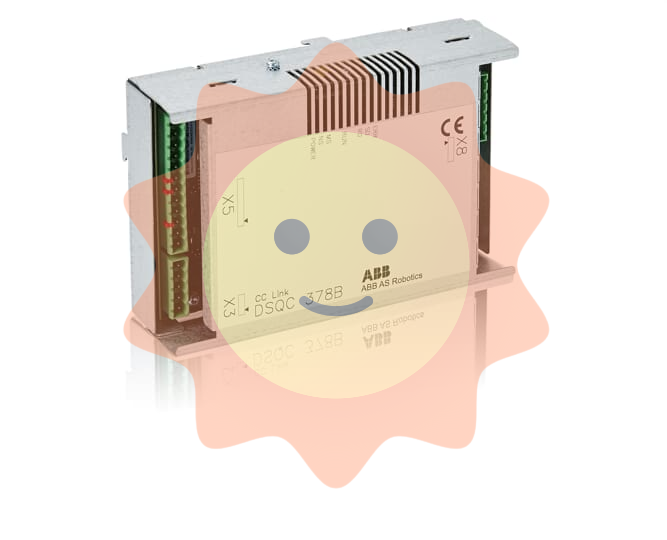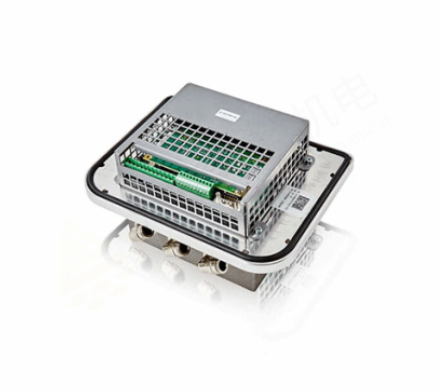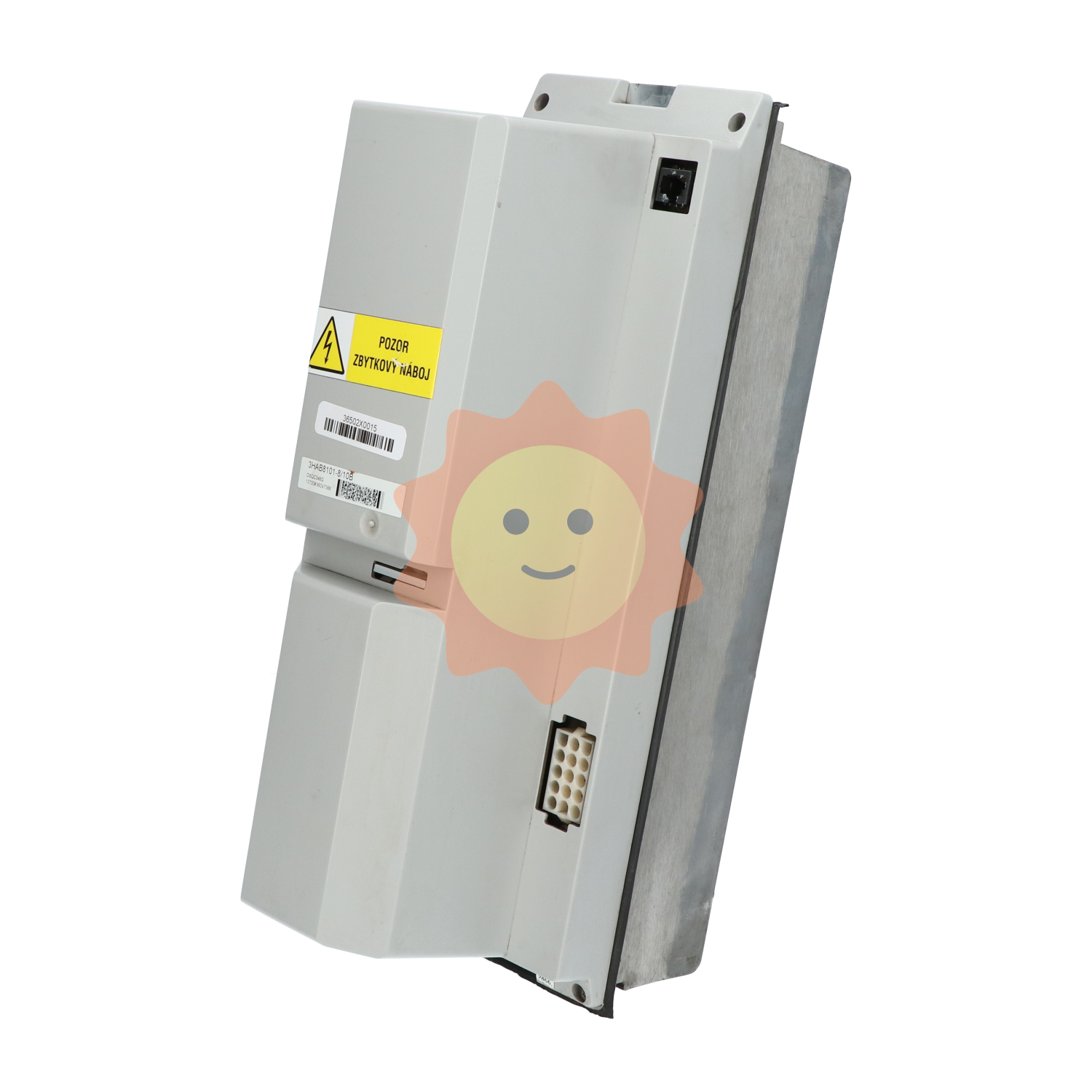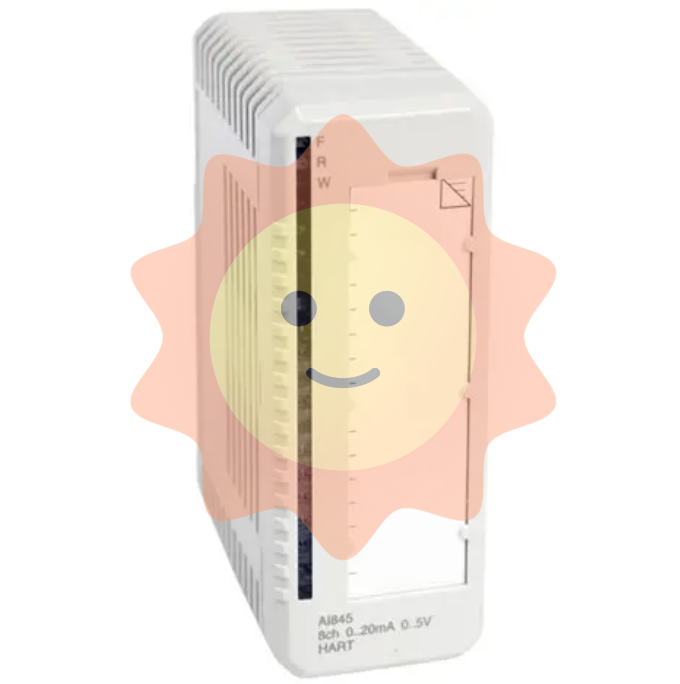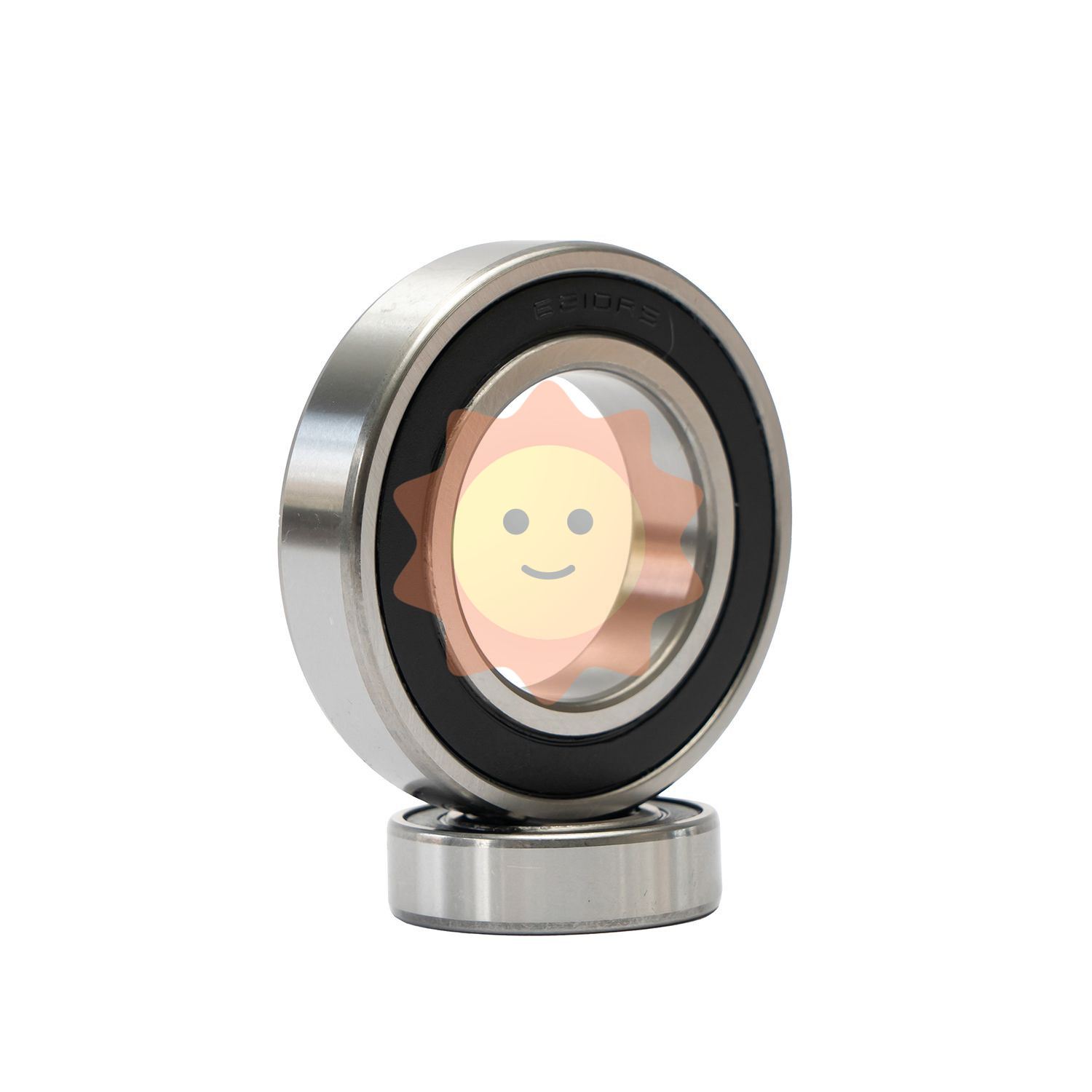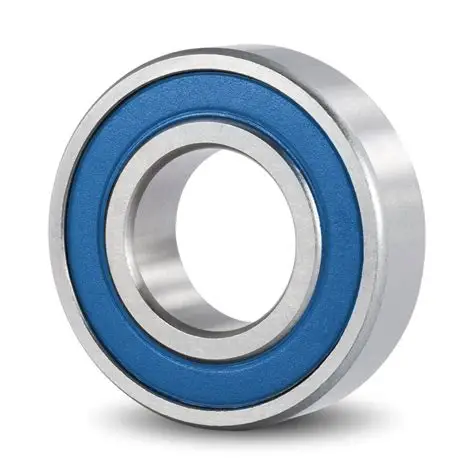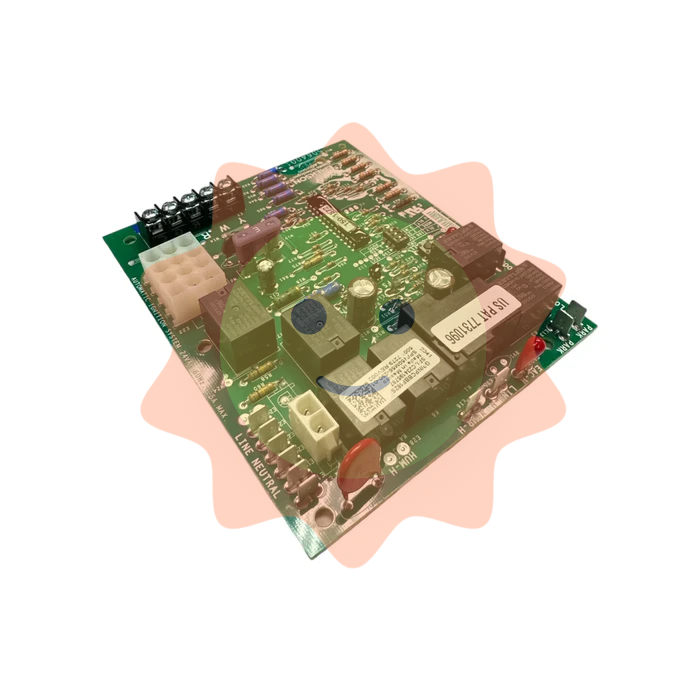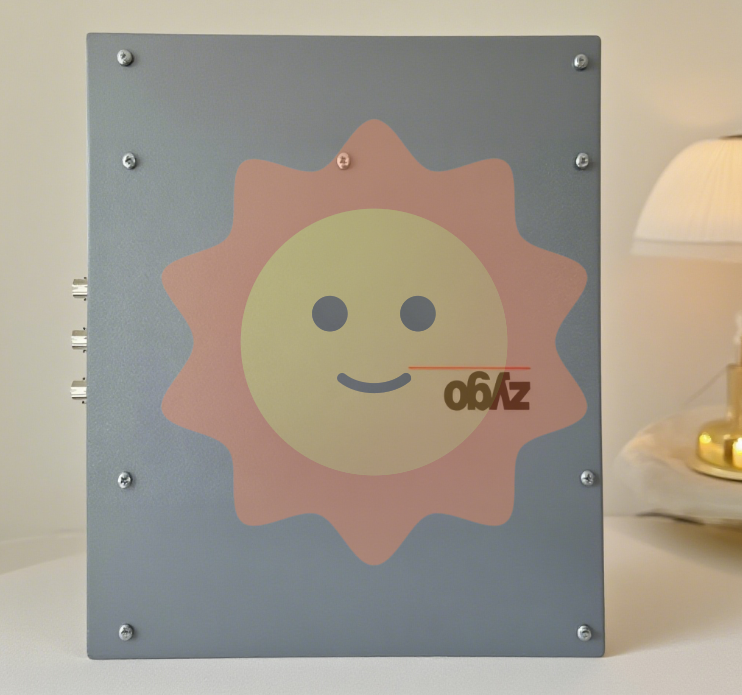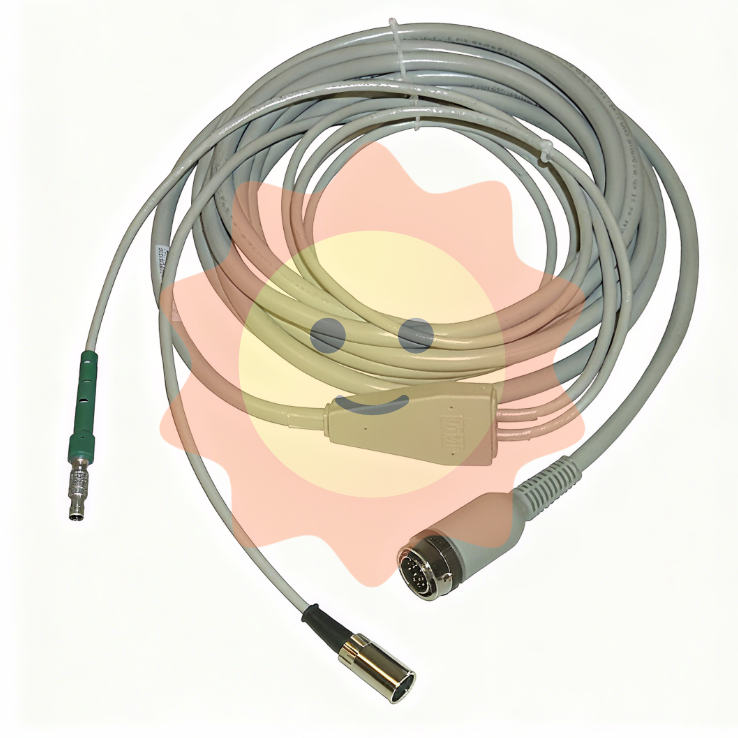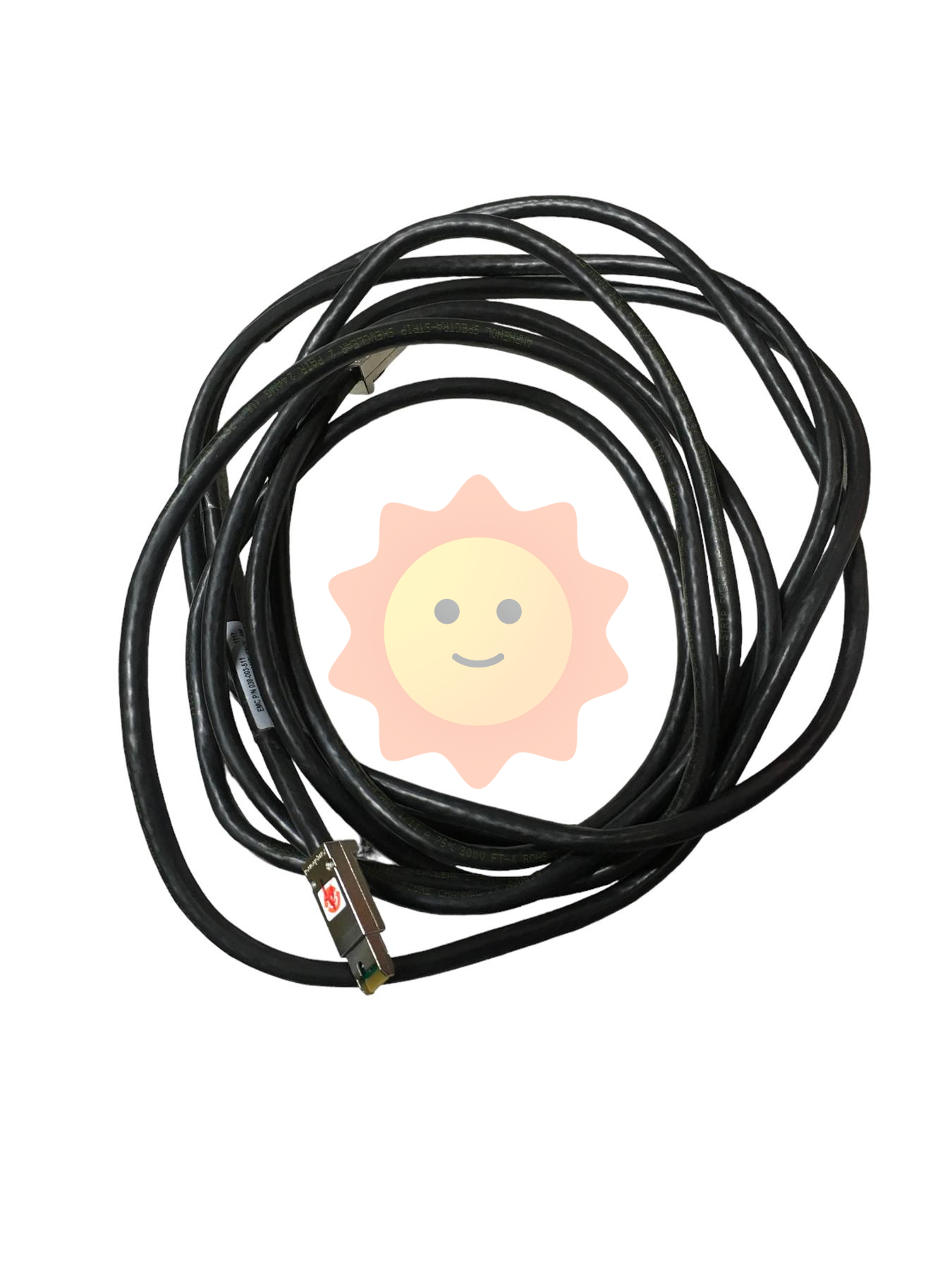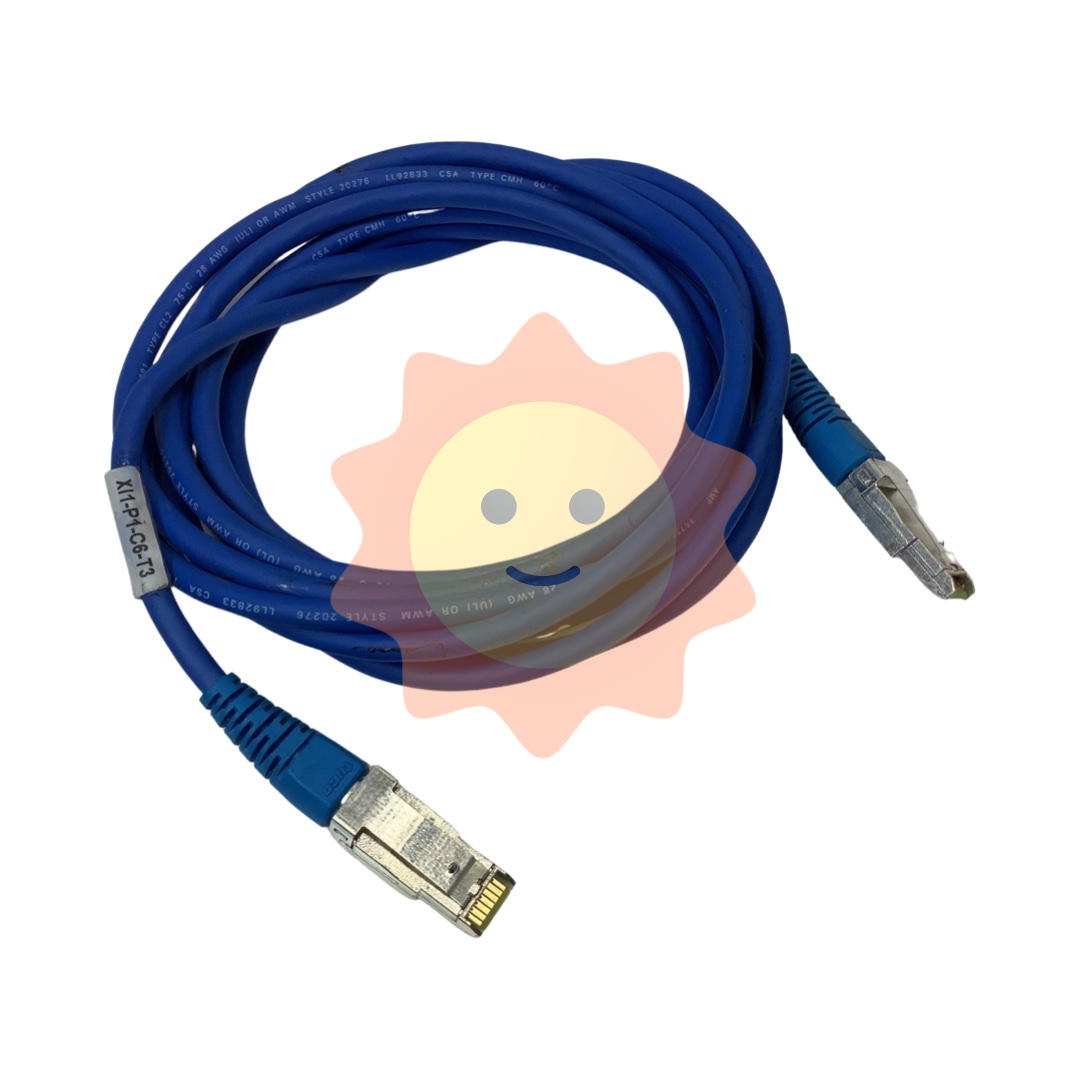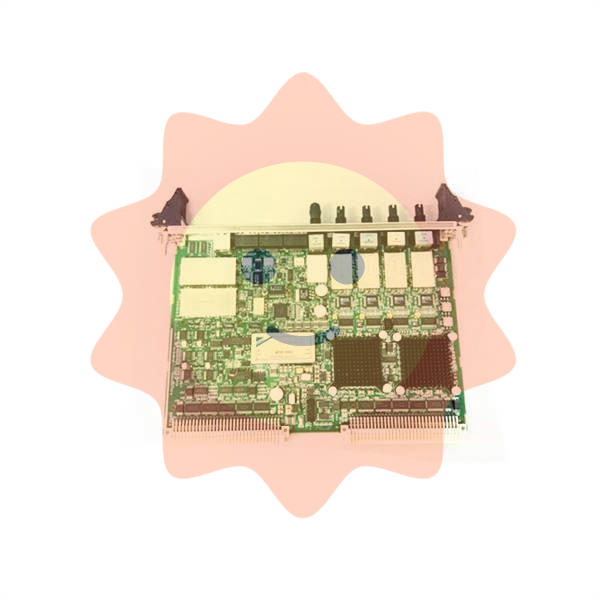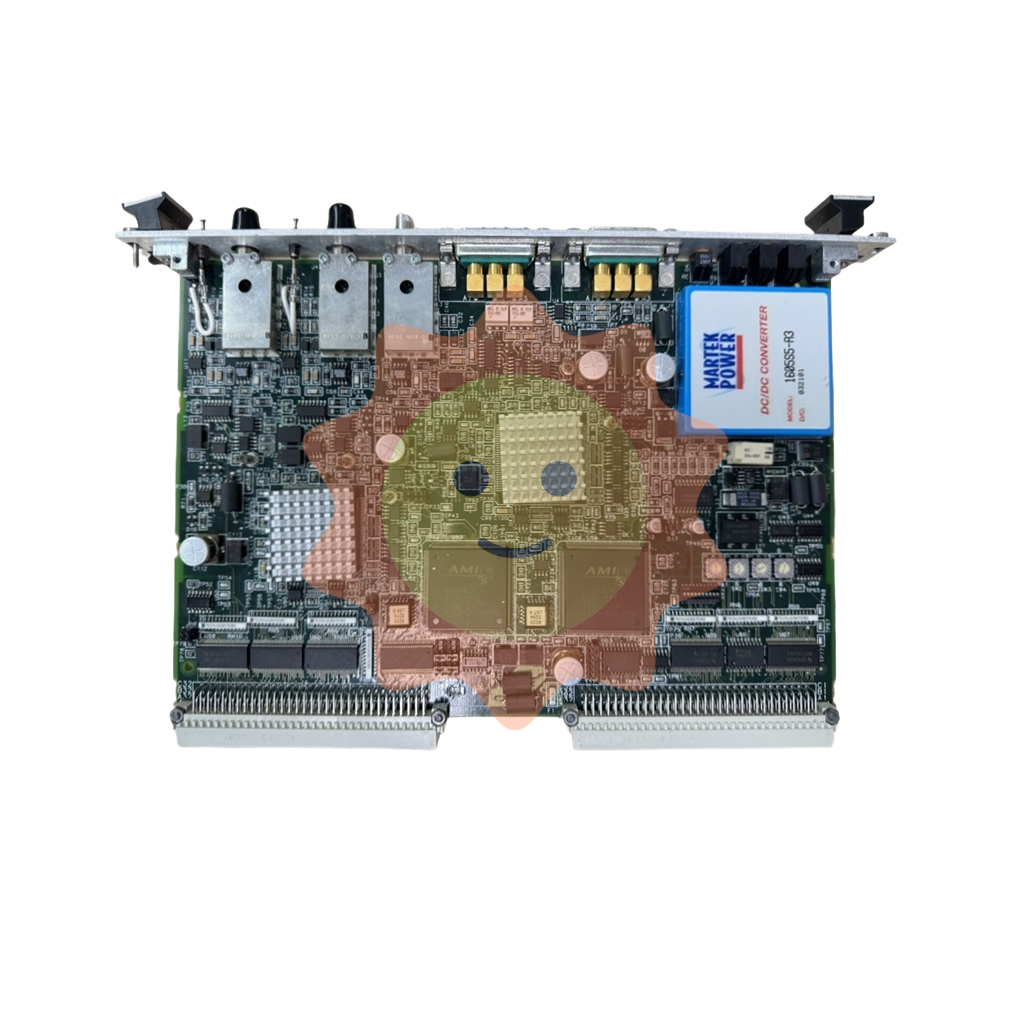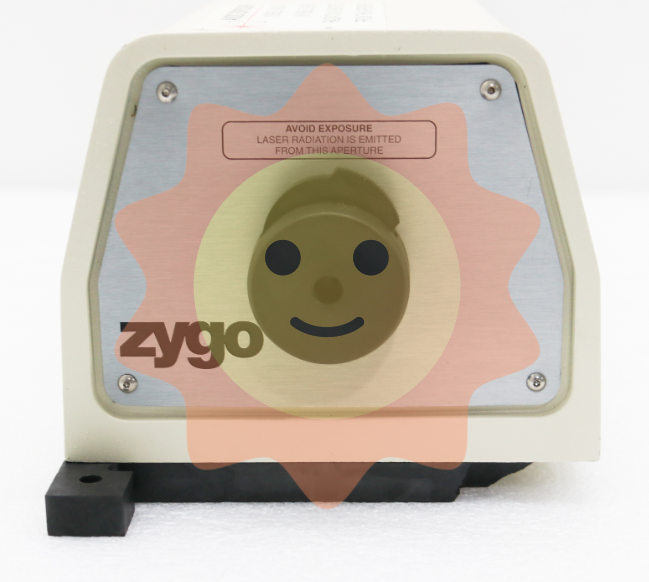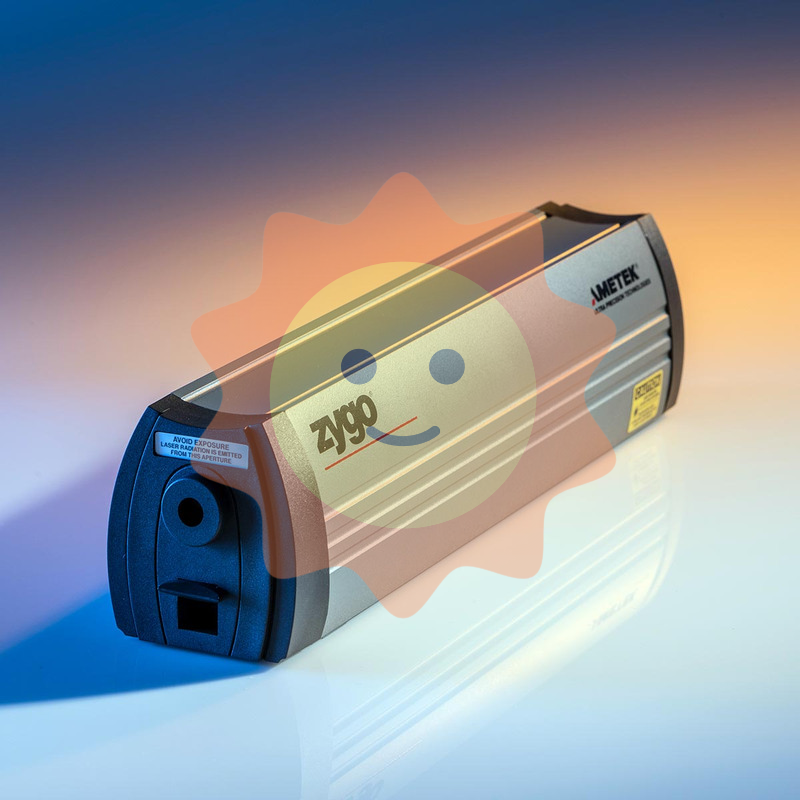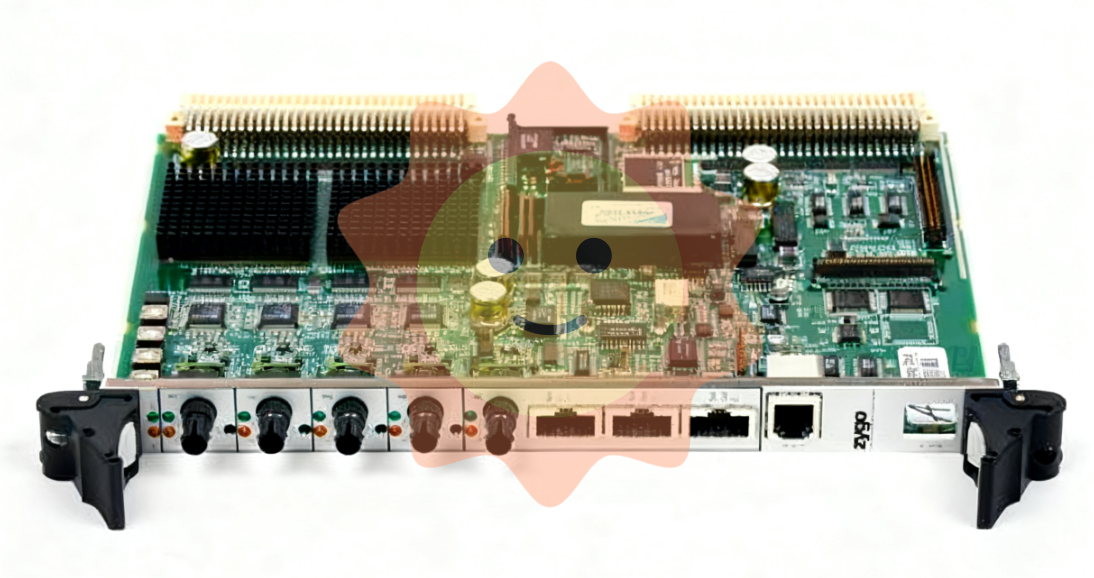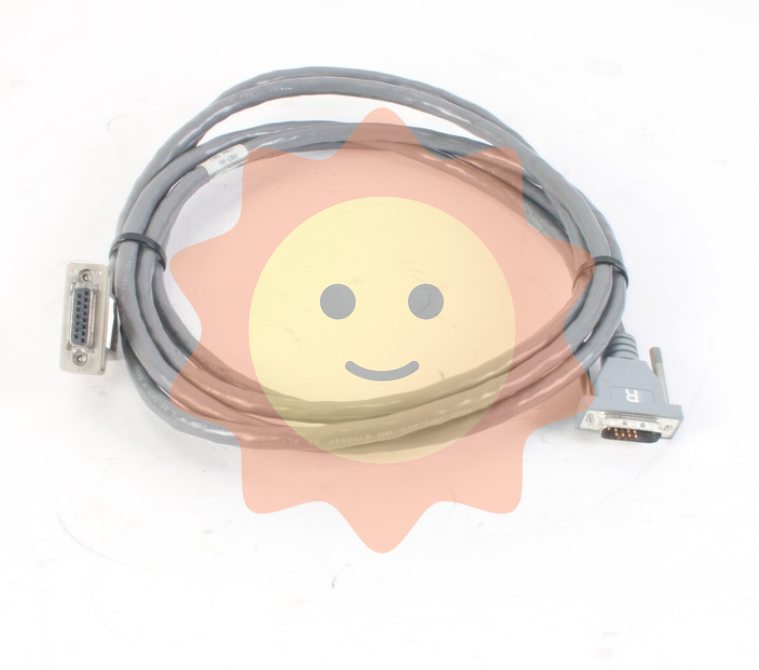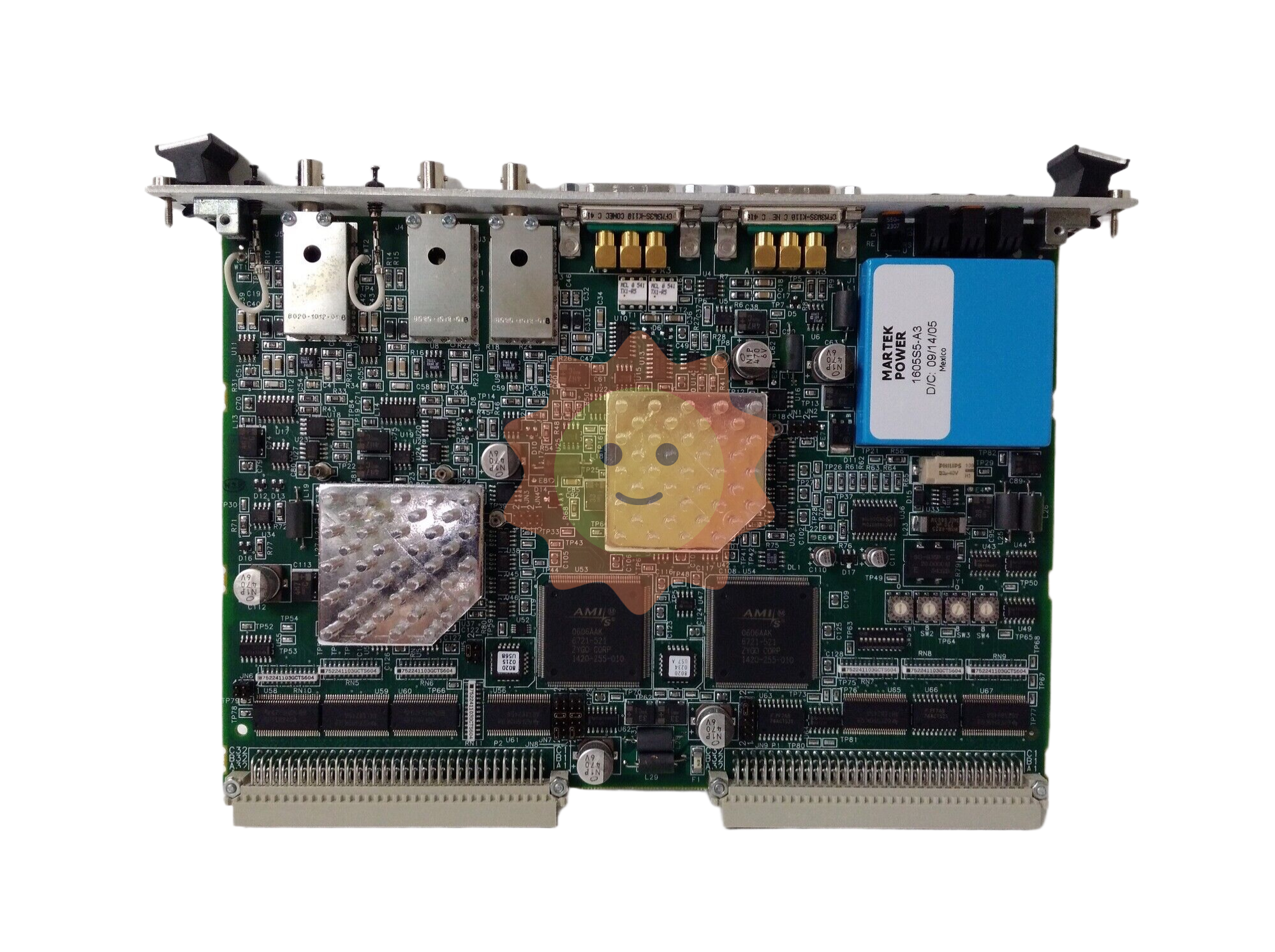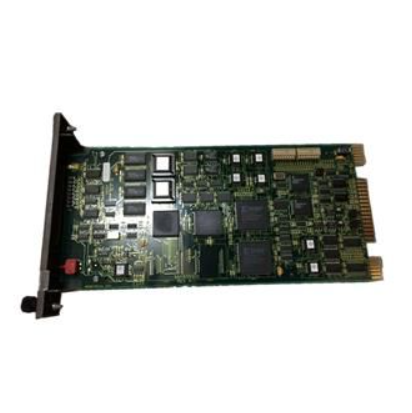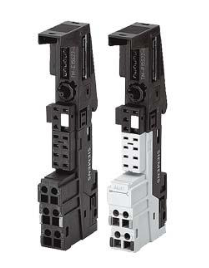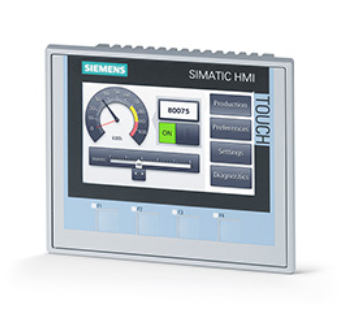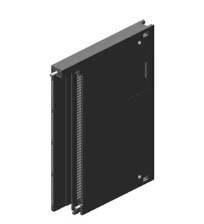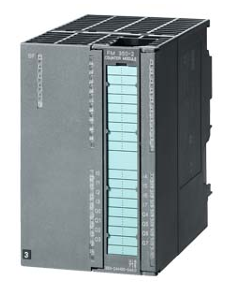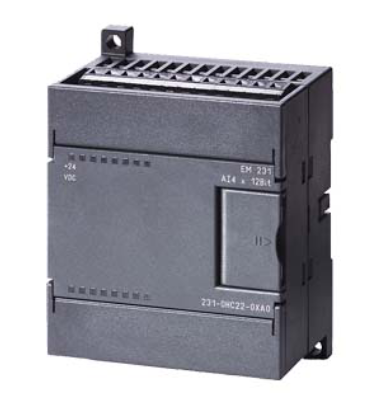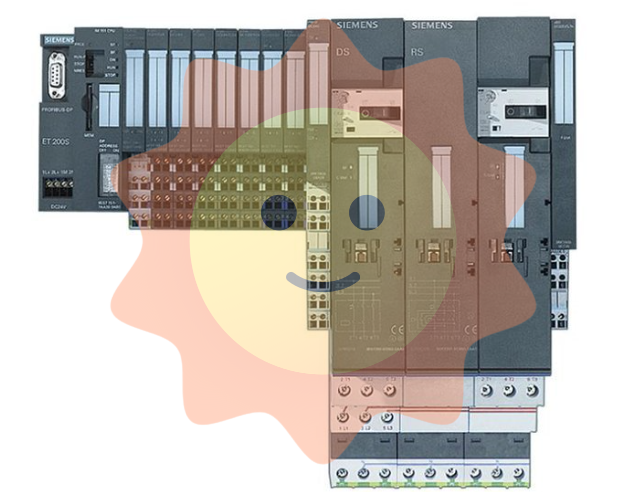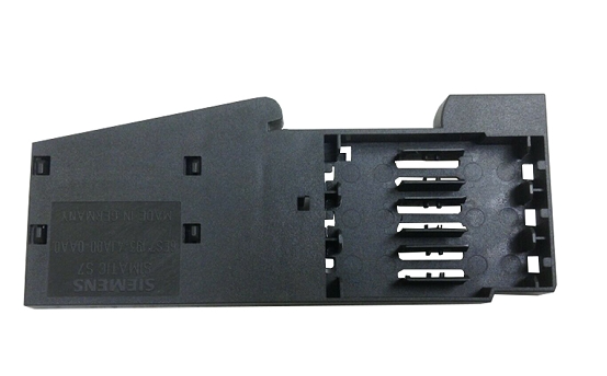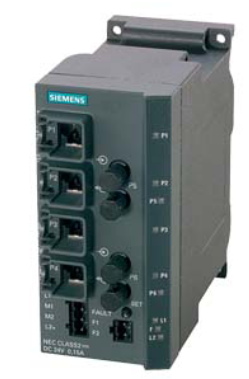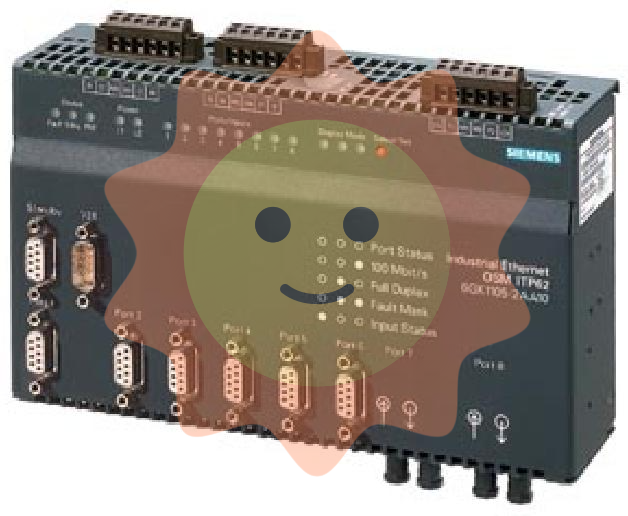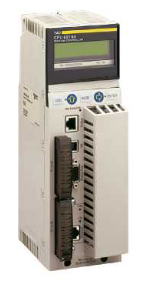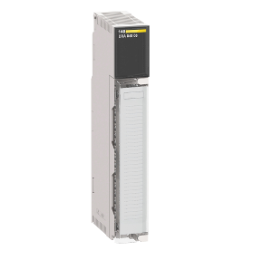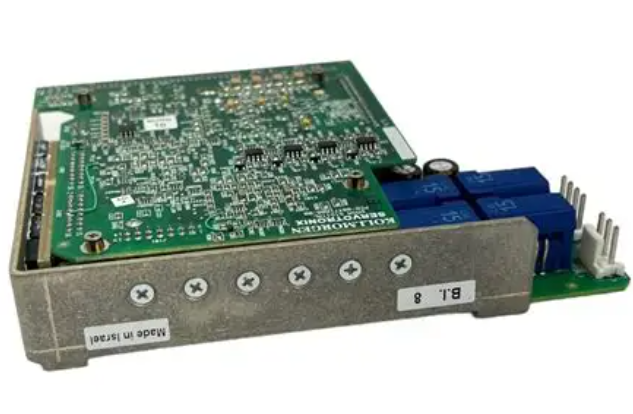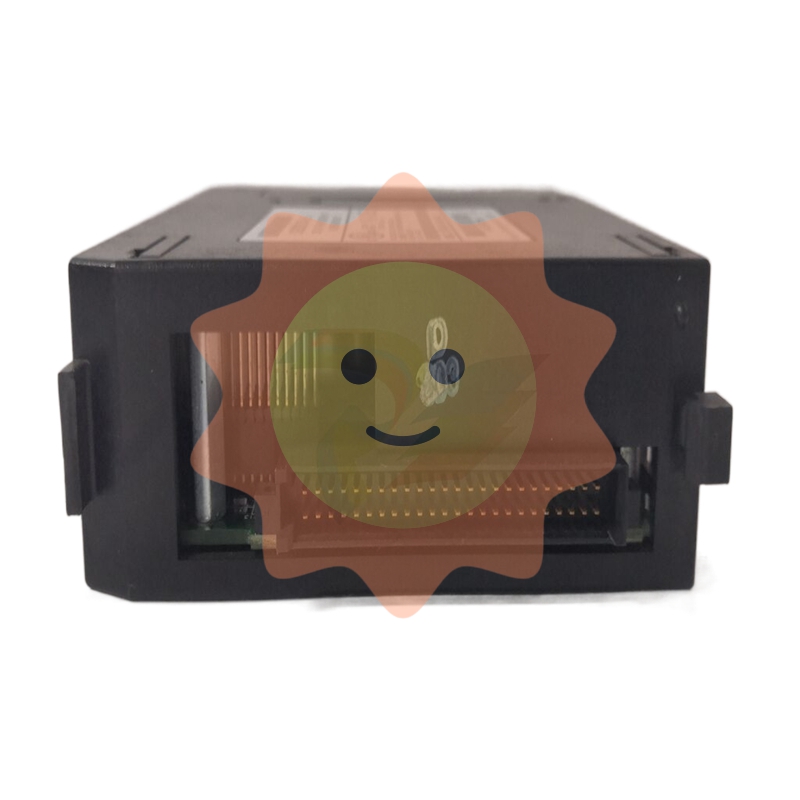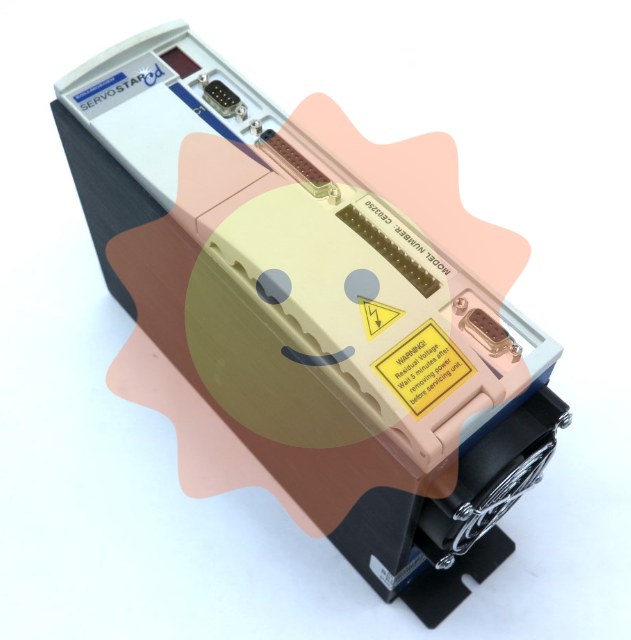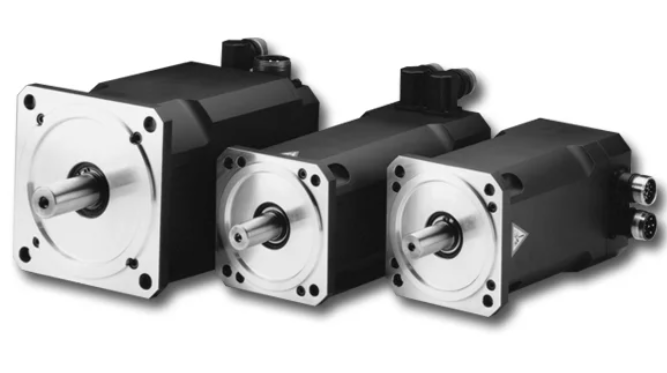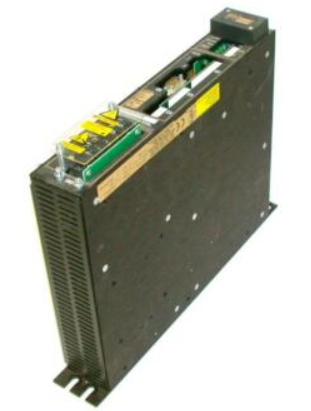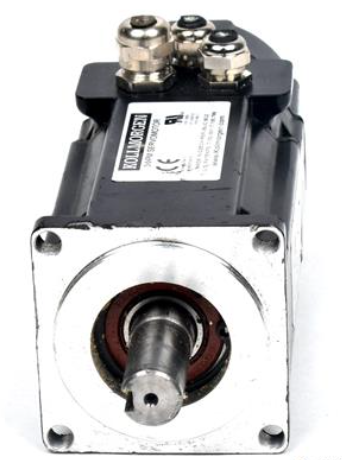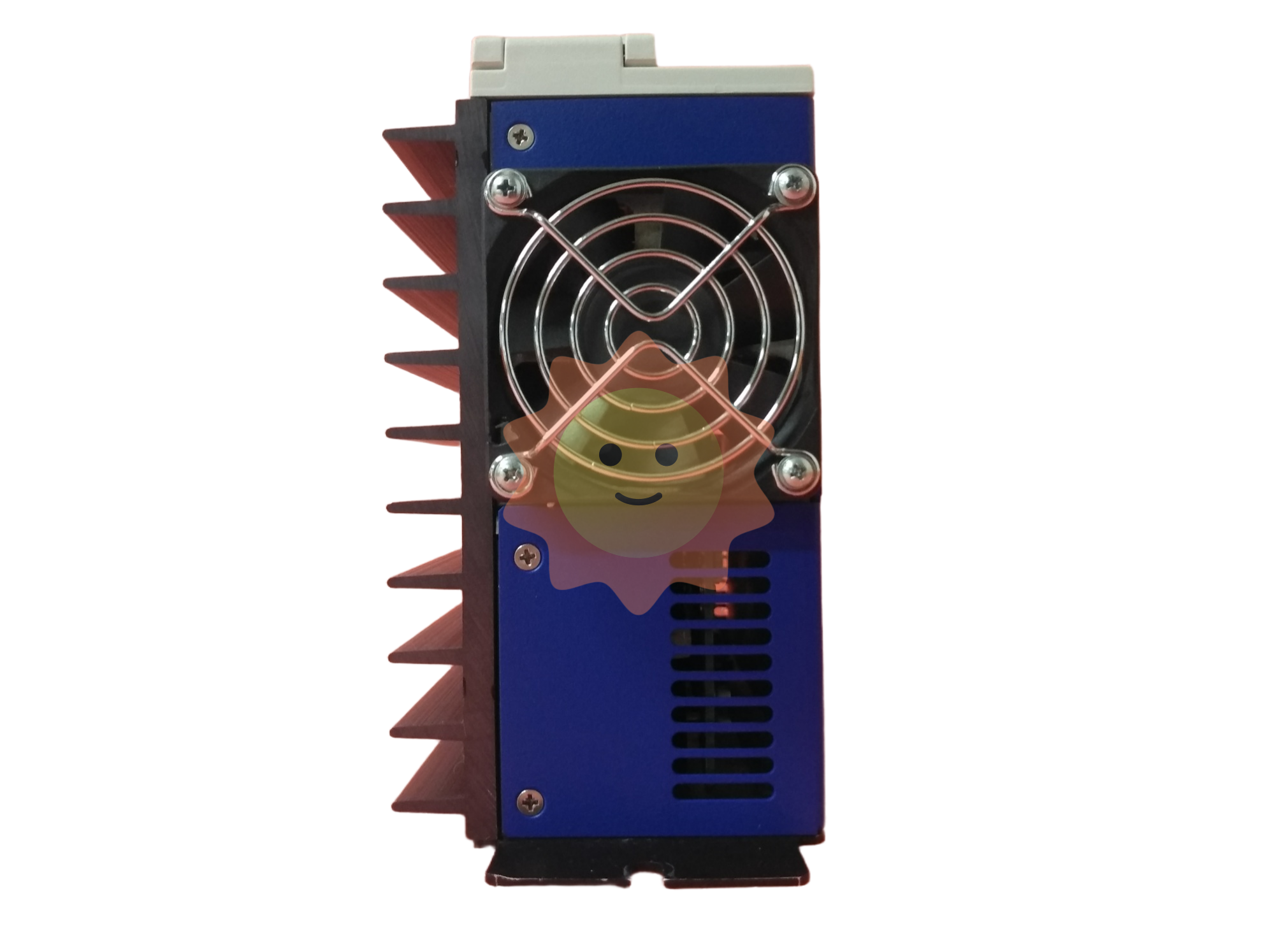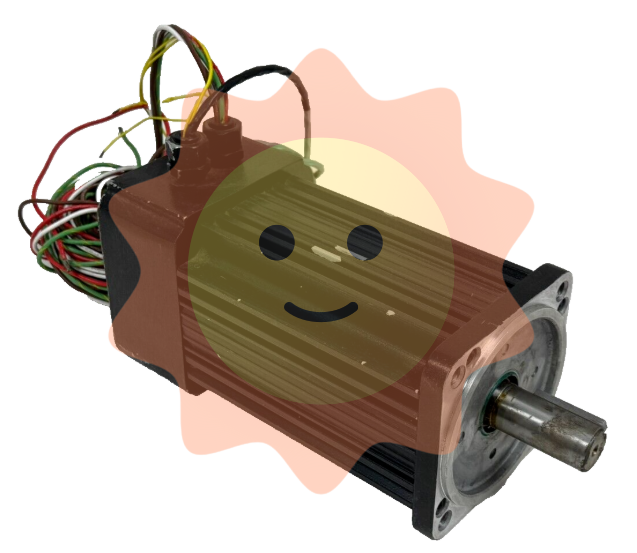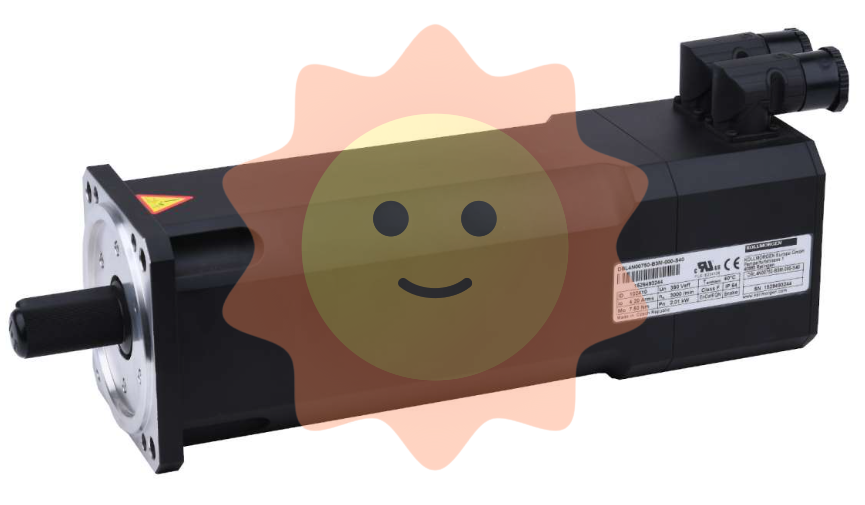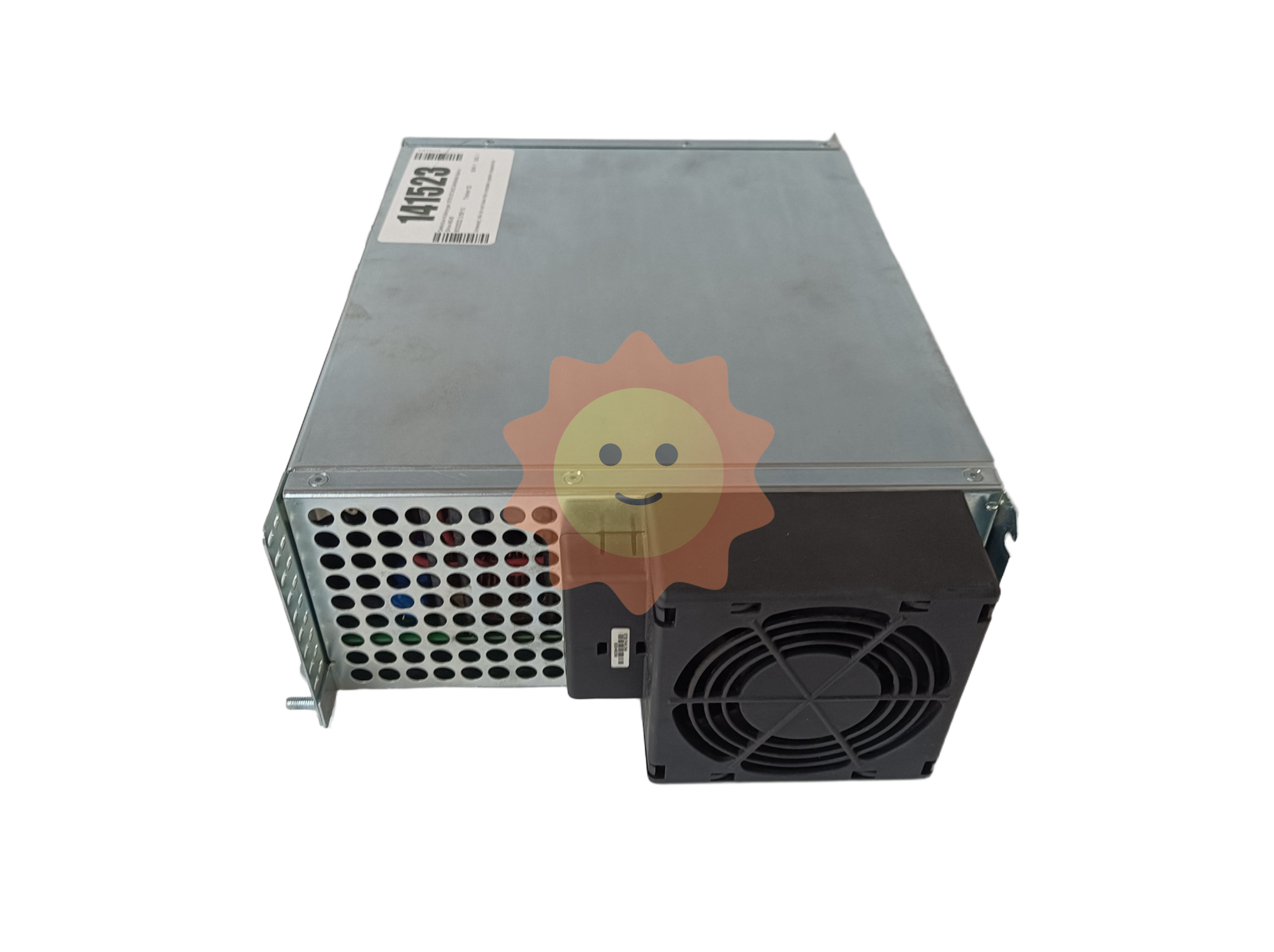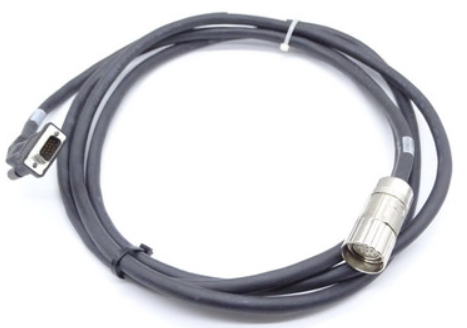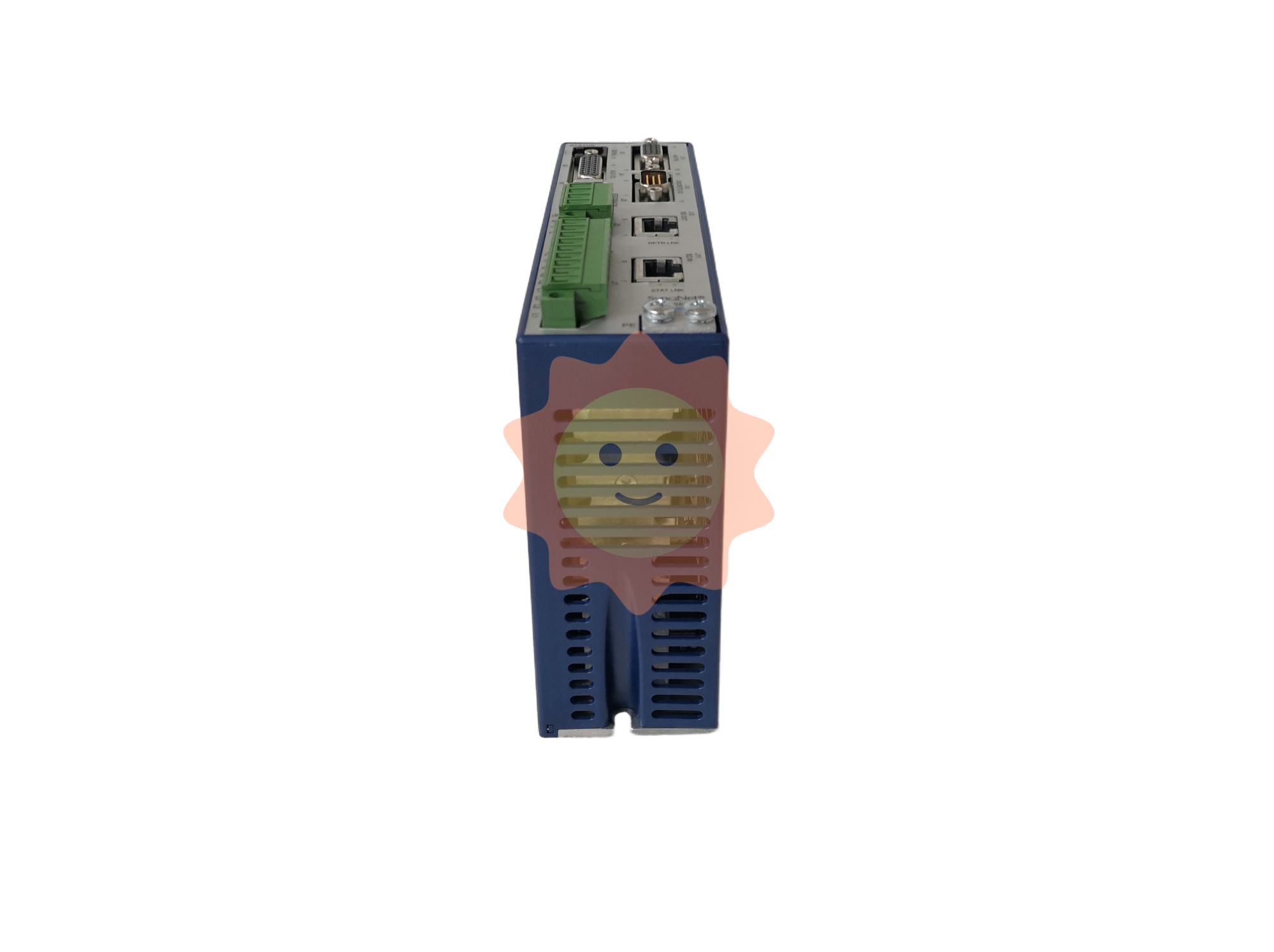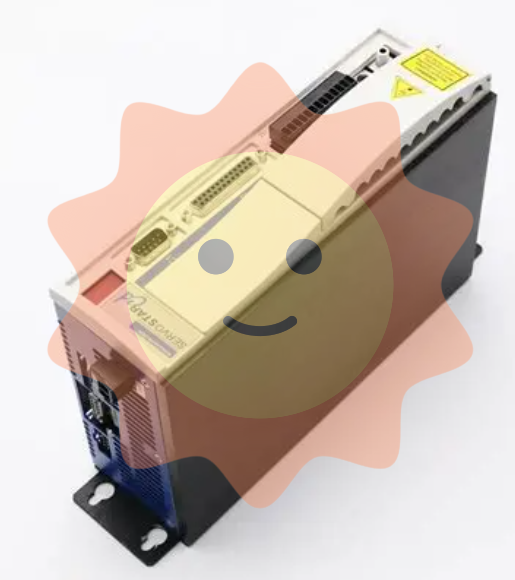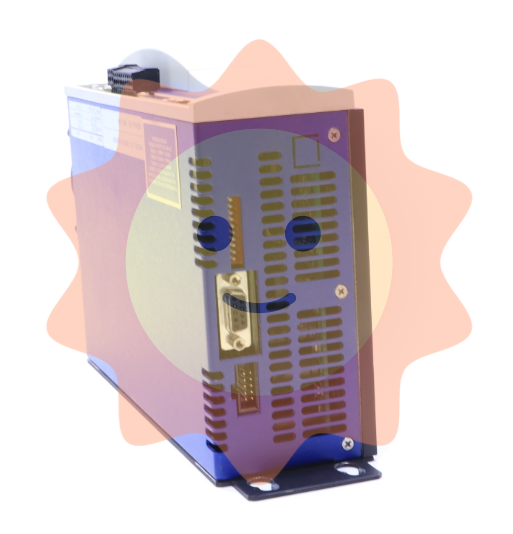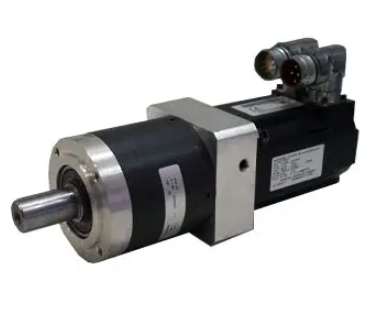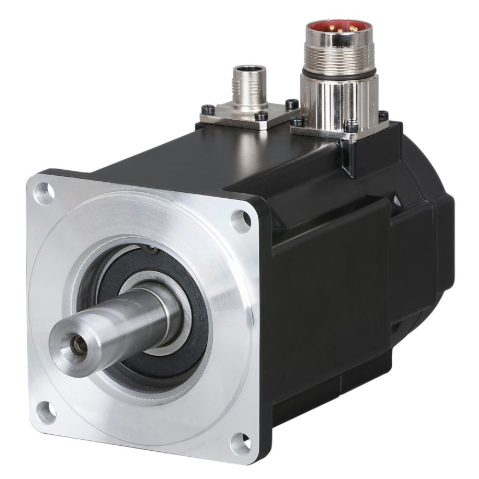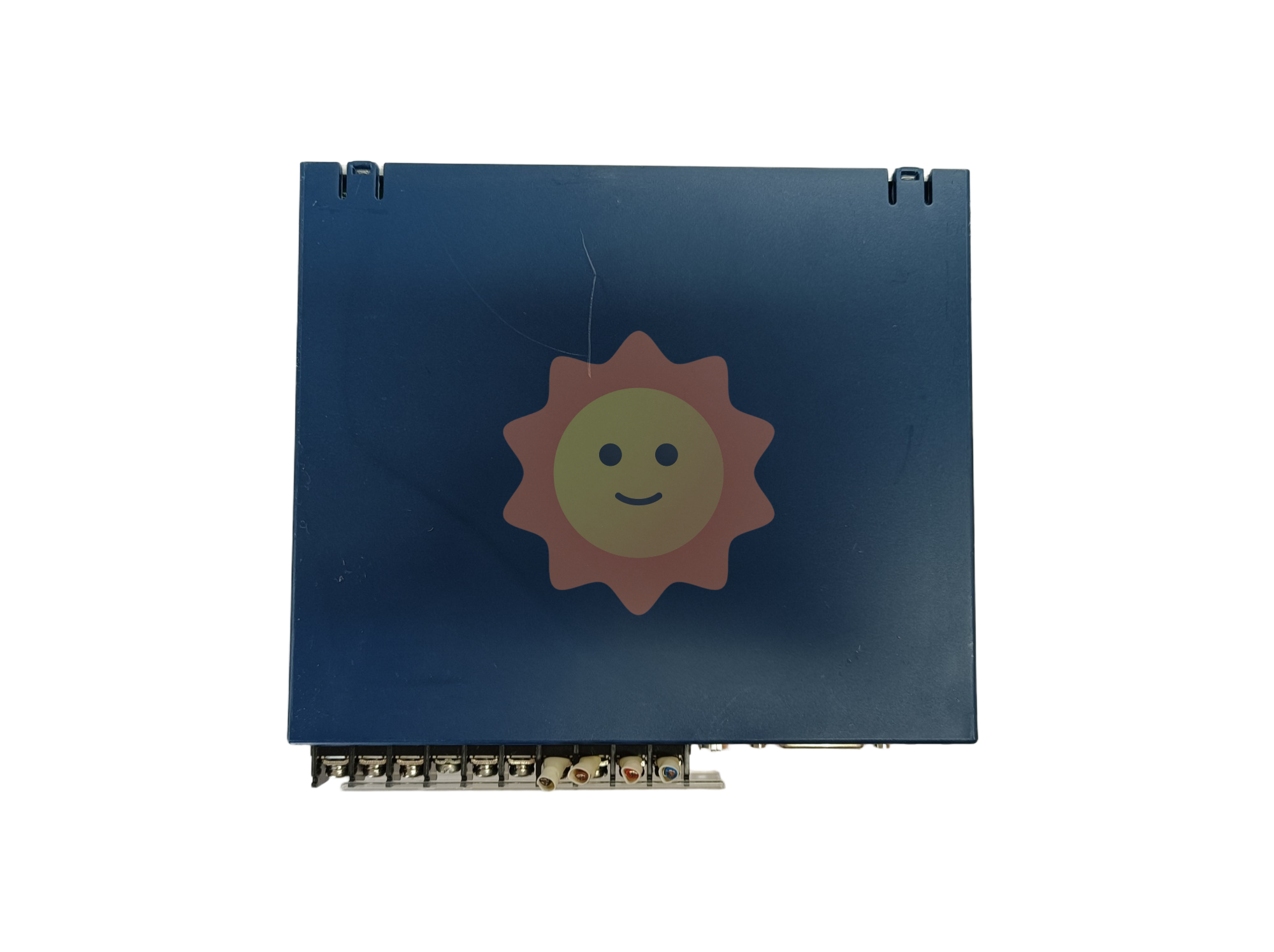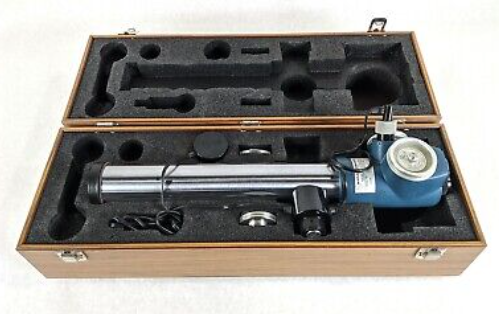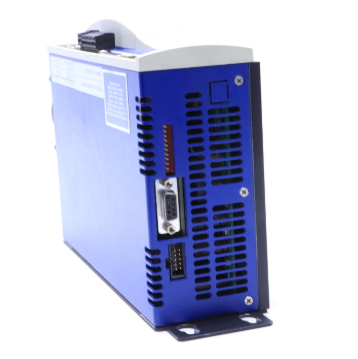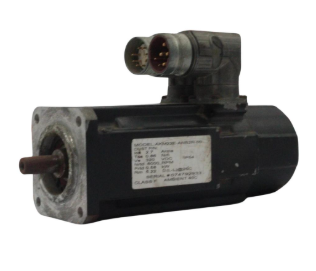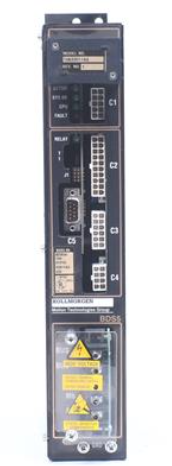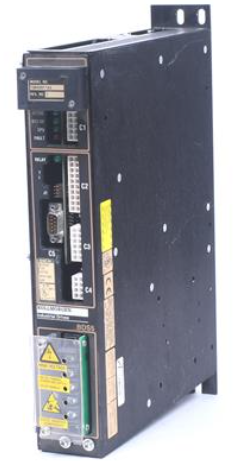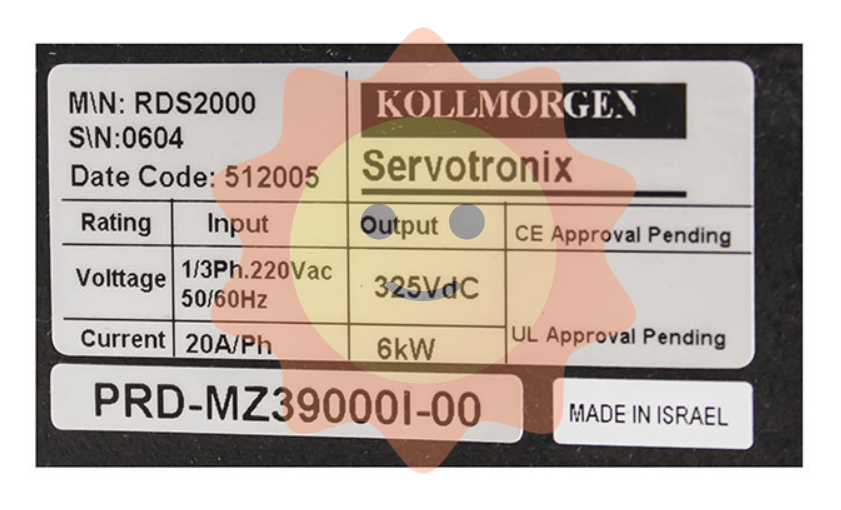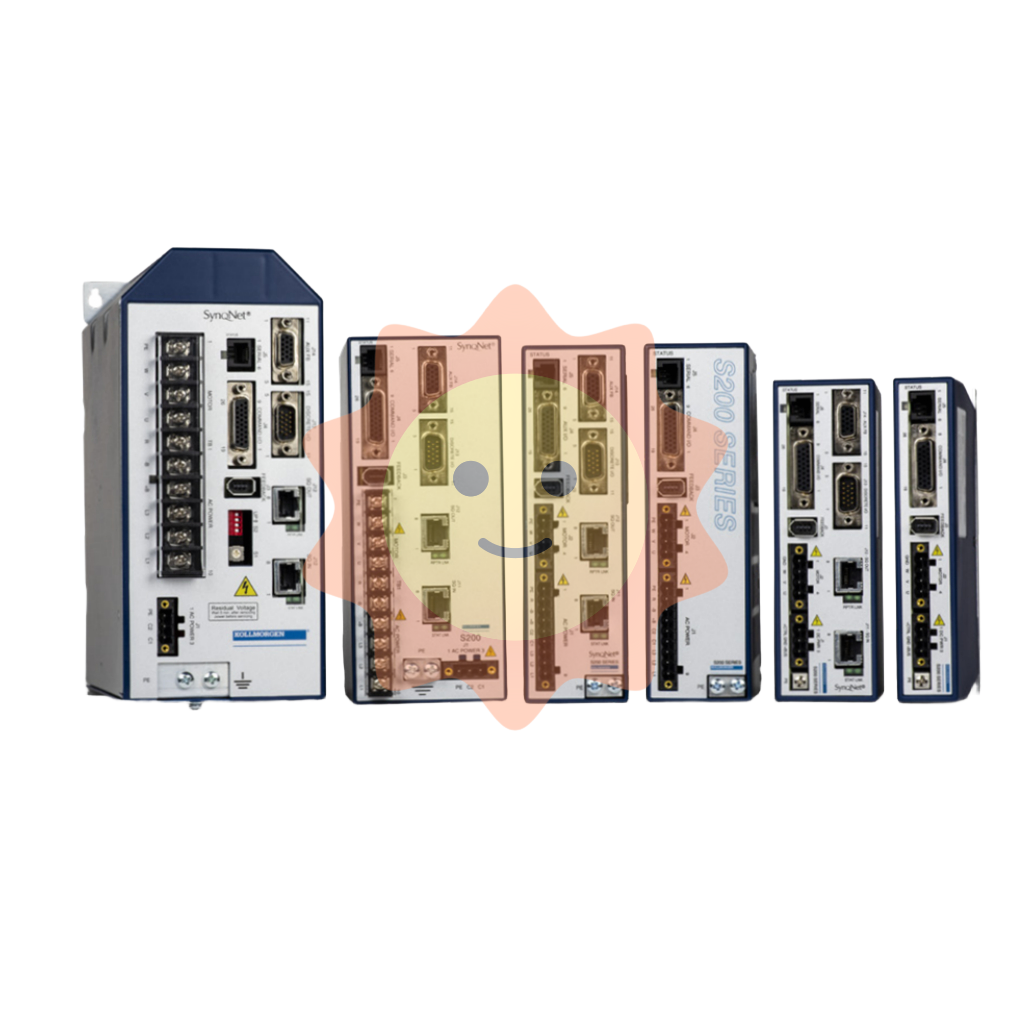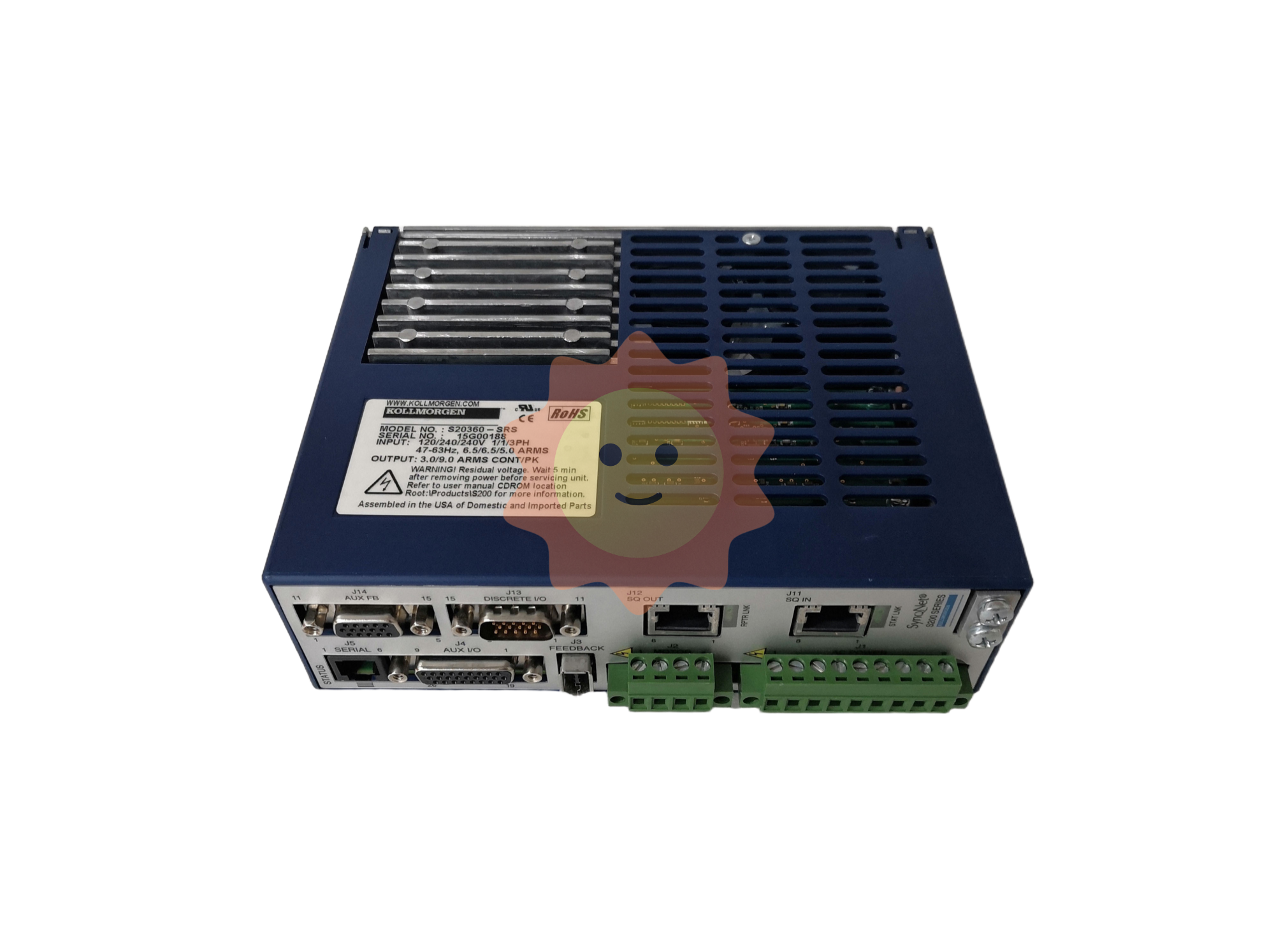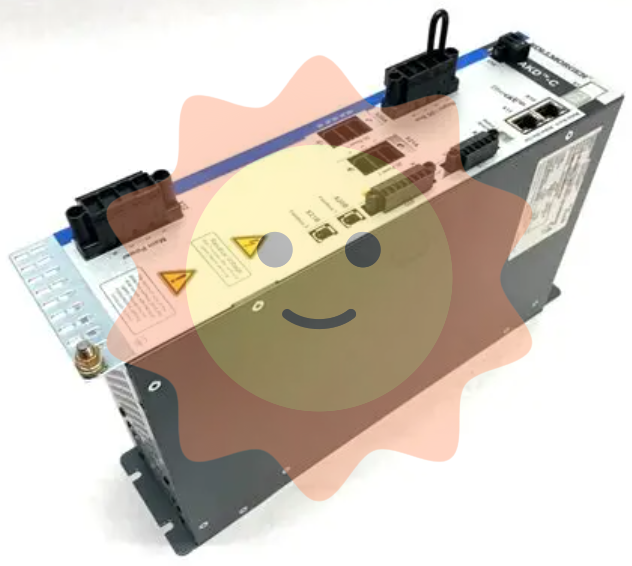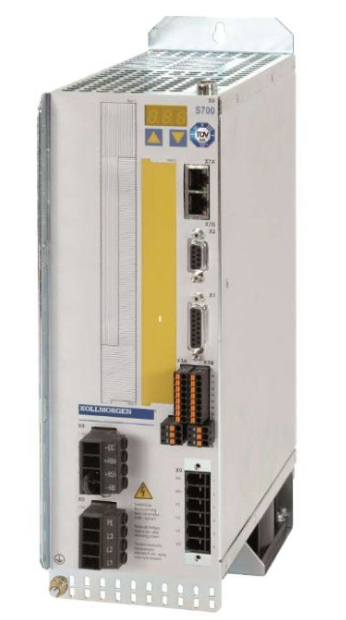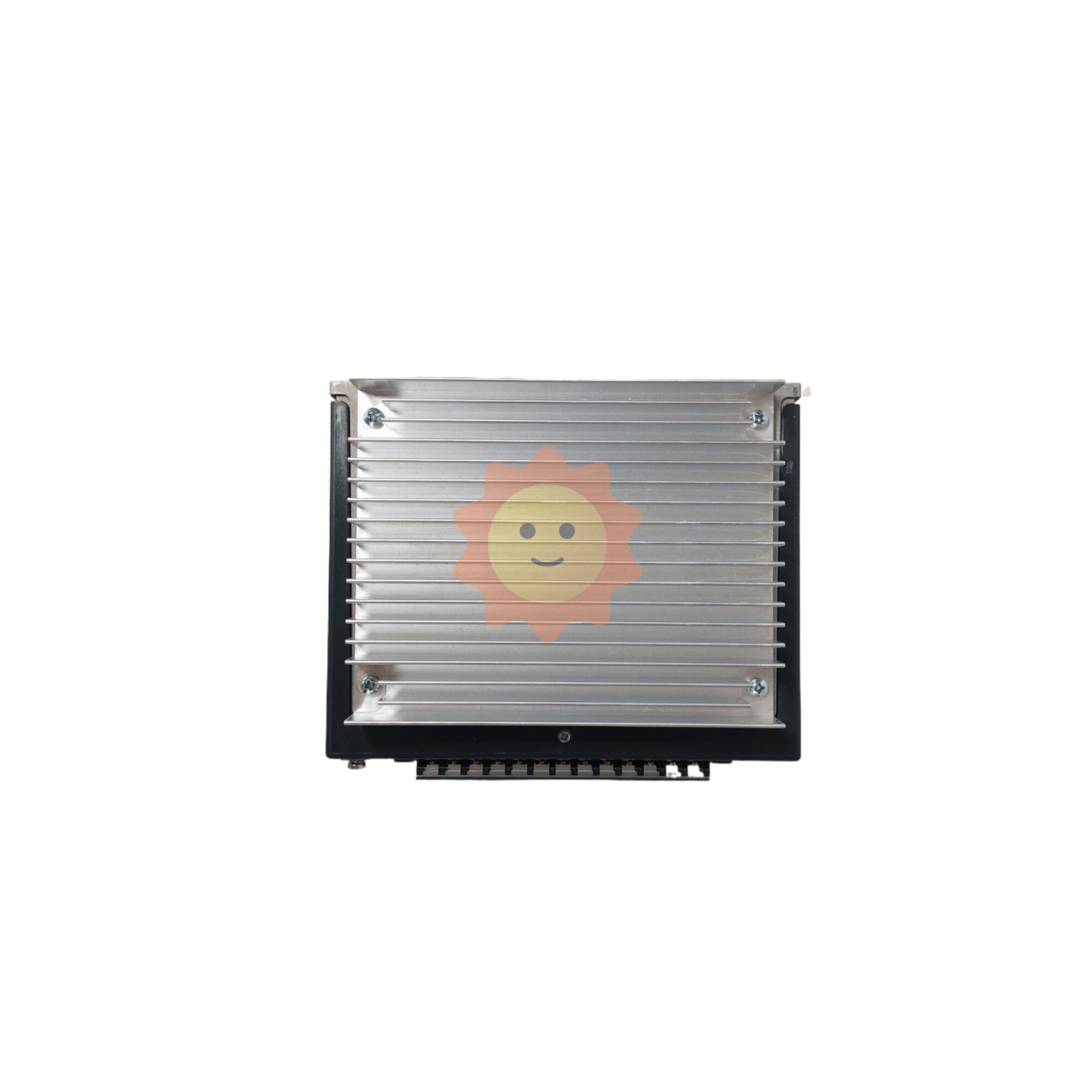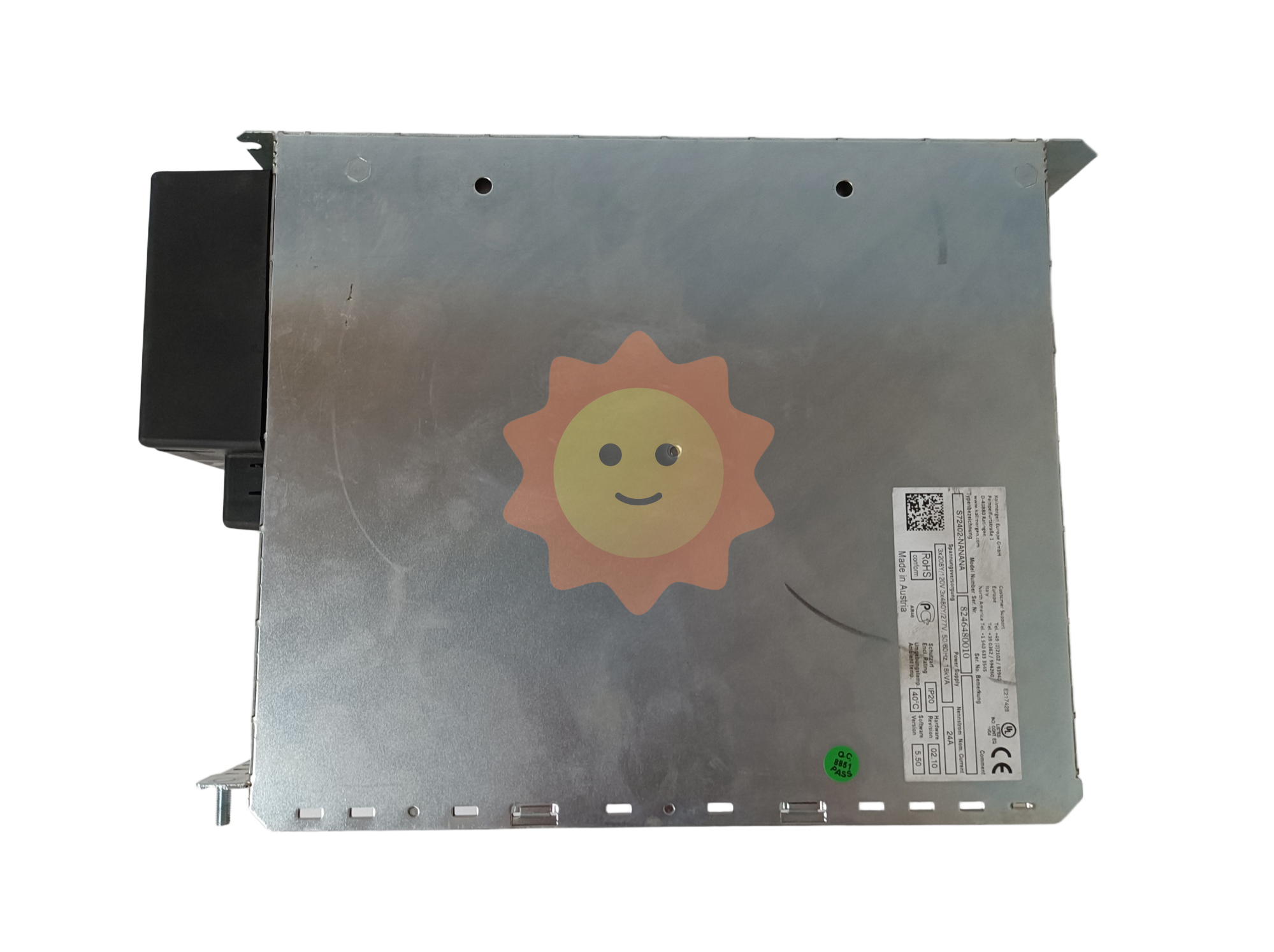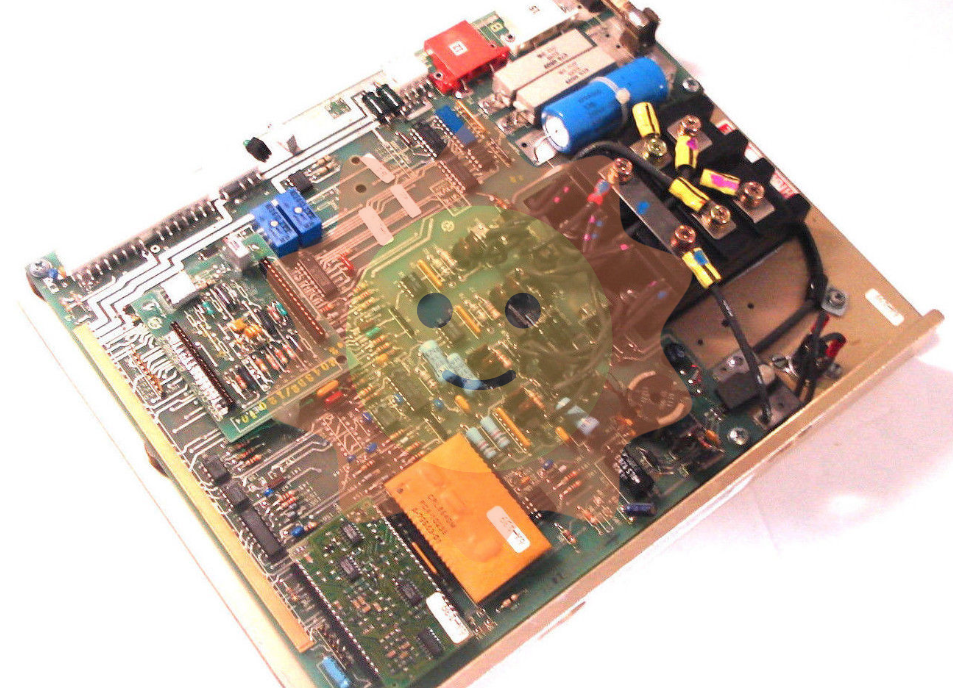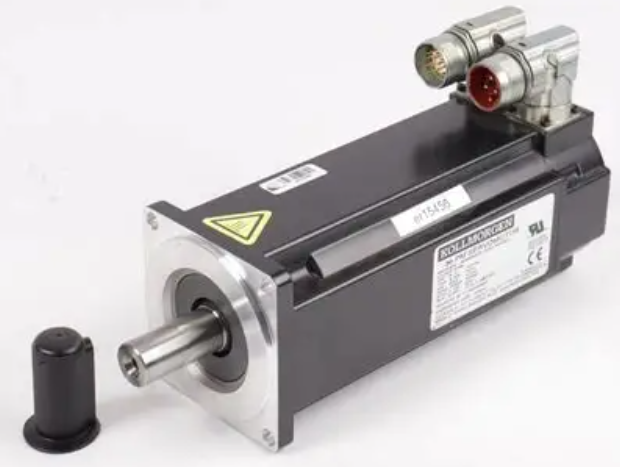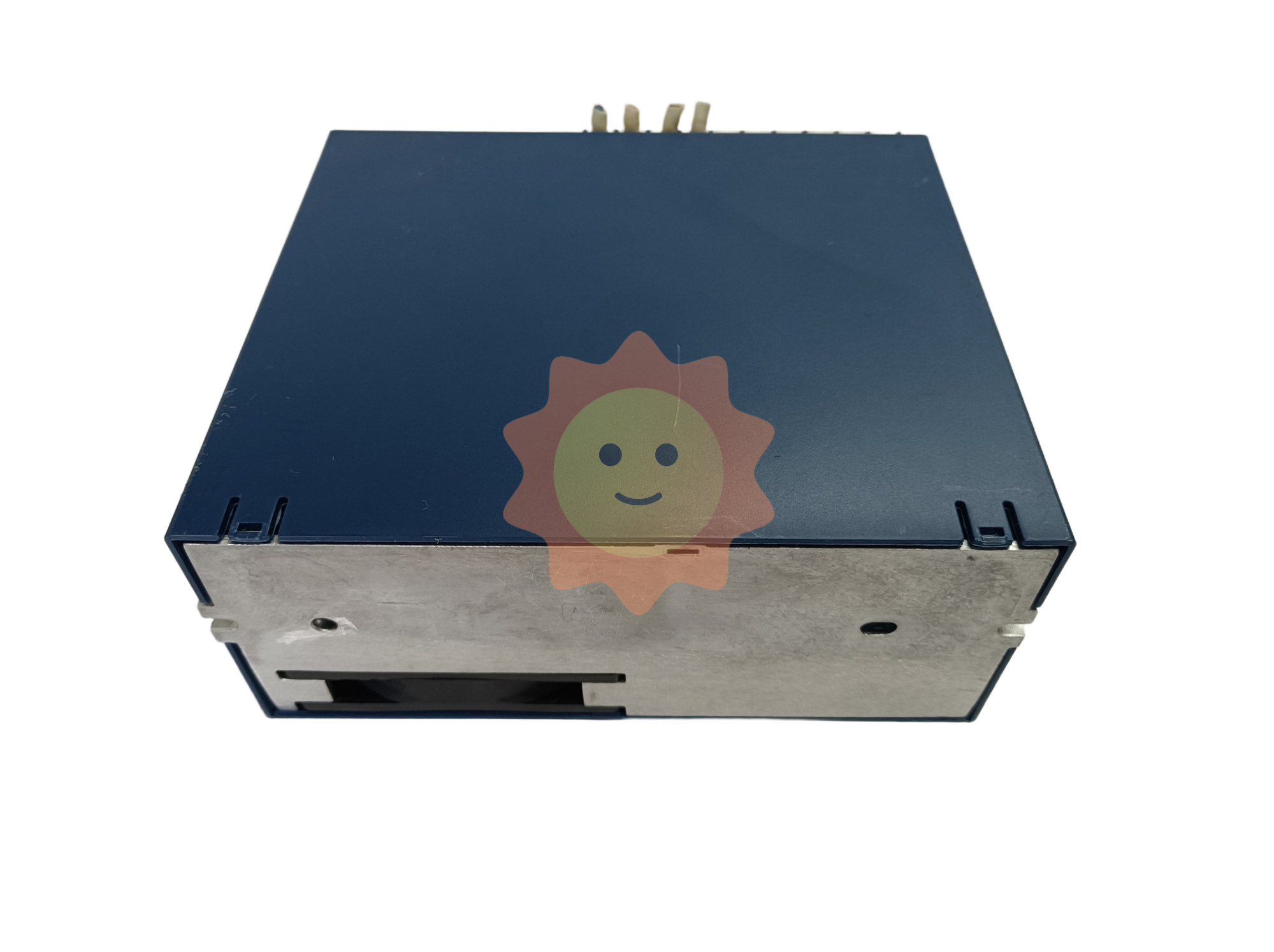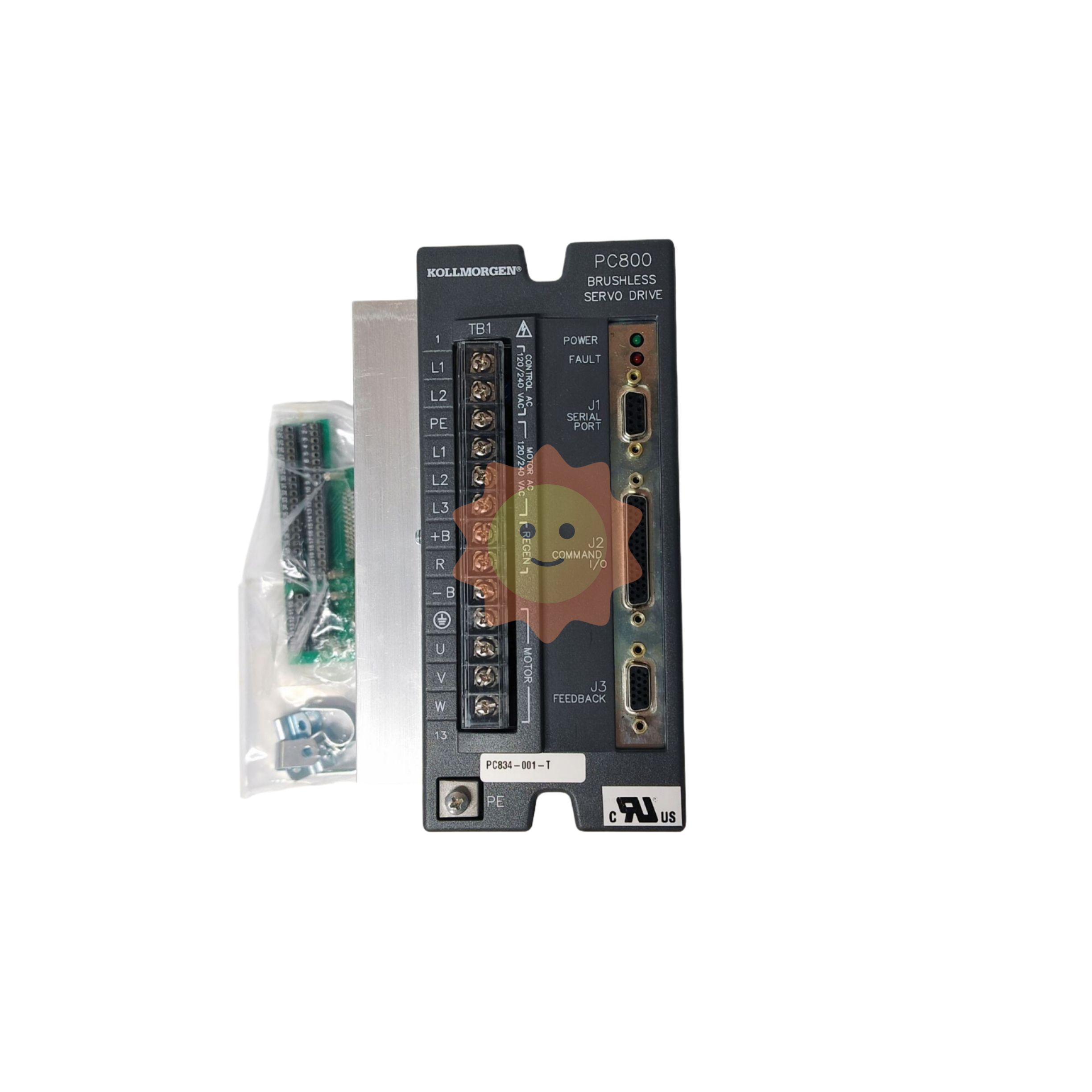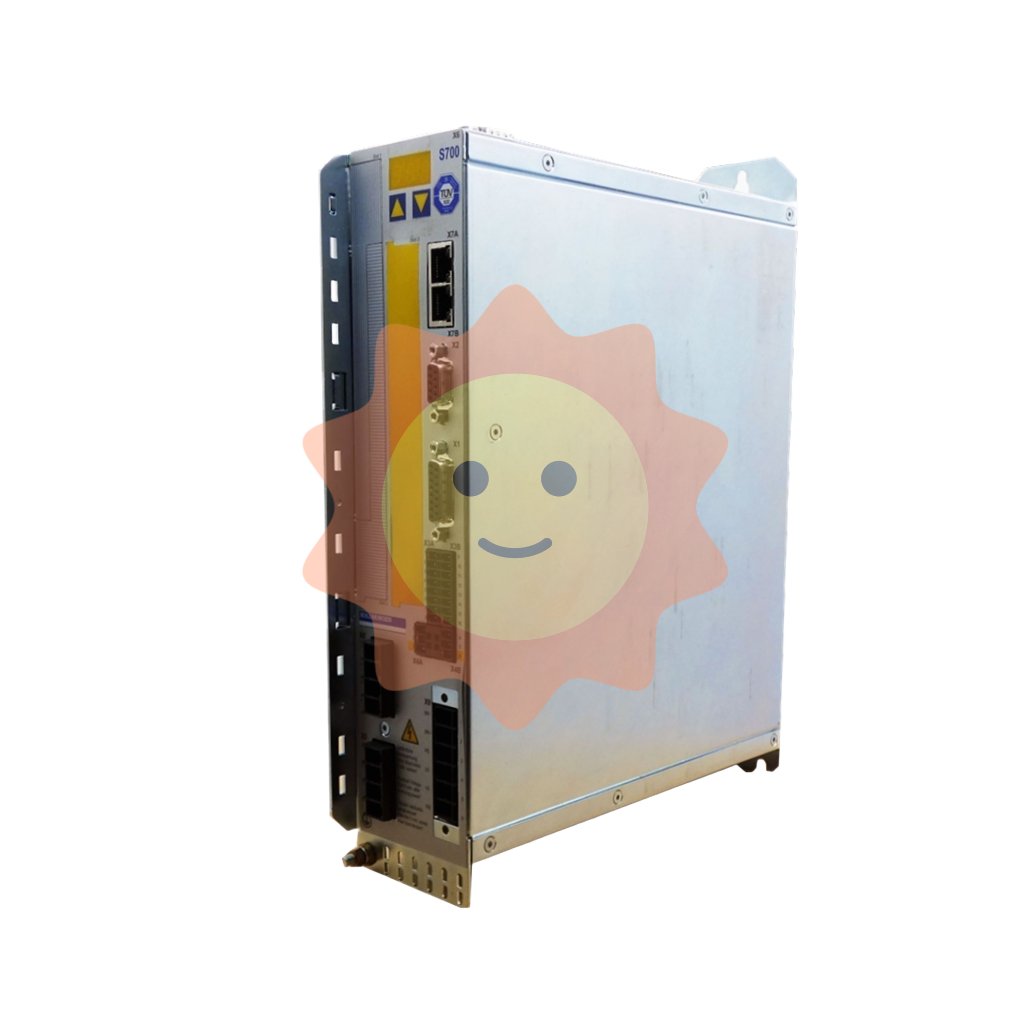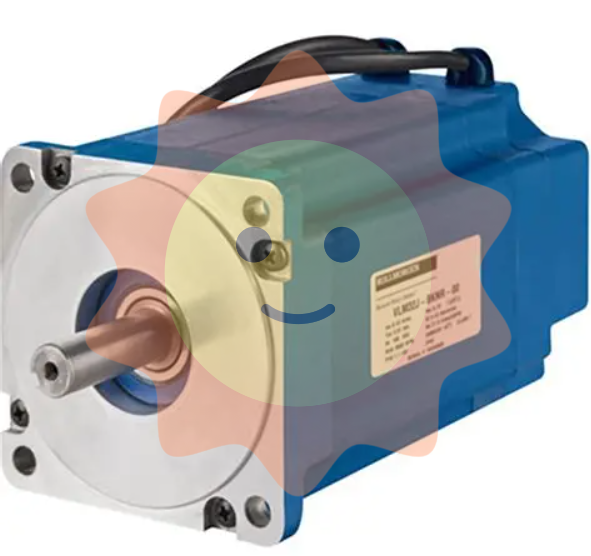The main quality index of chemical fiber
The quality of chemical fiber refers to the index that has decisive significance for the use value of fiber products. Physical performance indicators, including fiber length, fineness, density, gloss, moisture absorption, thermal properties, electrical properties, etc.; Mechanical property index, including breaking strength, elongation at break, initial modulus, resilience resistance to multiple deformation, etc.
Stability performance indicators, including high and low temperature stability to light and atmosphere, stability to light and atmosphere, stability to chemical agents and microbial action stability; Processing performance indexes, including fiber adhesion, electrical and dyeing properties, etc. Additional quality indicators of staple fibers, including fiber length, crimp, fiber defects, etc
First, fineness
Fineness is the degree of fiber thickness, divided into direct indicators and indirect indicators. Direct indicators are generally expressed by the diameter and cross-sectional area of the fiber, because the cross-sectional area of the fiber is irregular and not easy to measure, usually there are not many direct indicators to indicate its thickness, so indirect indicators are often used. Indirect indicators are determined by fiber quality or length, that is, the quality (fixed length system) or length (fixed weight system) of the fiber, which is usually expressed by the fiber quality per unit length in the chemical fiber industry, that is, linear density (densification), which is commonly used in the following three ways.

1. tex or Fen (dtex)
Tert or minute is the international system of units. The mass (g) of the 1000m long fiber is called special; One tenth of that is a minute. Because the fiber fineness is finer, the value is smaller when the fineness is expressed by the special number, so the fineness of the fiber is usually expressed by the minute.
For the same kind of fiber (that is, when the density of the fiber is certain), the smaller the number, the finer the single fiber, the softer the feel, the softer the luster and the easy to deform processing.
2. denier
The mass (g) of 9000m long fiber is called denier, and for the same fiber, the smaller the denier, the finer the single fiber. Denier is a non-legal unit of measurement of linear density. 1den=9tex.
3. Metric Count (Nm)
The metric count, referred to as the common count, refers to the length (m) of the fiber per unit mass (g). For the same fiber, the higher the count, the finer the fiber. The metric count is a non-legal unit of measurement of linear density.
The values of tert or fen, denier and count can be converted to each other, and the relationship is as follows.
Denier * count =9000
Special number * count =1000
Denier =9* characteristic number
Splitter =10 x splitter
2. Density
Density of a fiber (densities) refers to the mass of the fiber per unit volume in g/cm³. The density of various fibers is different, in the main chemical fiber varieties, the density of polypropylene is the smallest, the density of viscose fiber is the largest.
Third, hygroscopicity
The hygroscopic property of the fiber refers to the water absorption of the fiber under the condition of standard temperature (20℃, 65% relative humidity), which is generally expressed by two indicators.
Moisture regain: the ratio of the moisture weight in the fiber to the dry weight of the fiber. That is, moisture regain = weight of moisture contained in the sample/weight of the dry sample *100%
Moisture content: The ratio of the weight of water in the fiber to the wet weight of the fiber. That is, moisture content = weight of moisture contained in the sample/weight of the undried sample *100%
The hygroscopicity of various fibers varies greatly, and the hygroscopicity of the same fiber also varies greatly due to the difference in ambient temperature and humidity. In order to calculate the weight and check the needs of the price, it is necessary to make a unified provision for the moisture return rate of various textile materials, called the public moisture return rate.
Hygroscopicity affects the processability and serviceability of fiber. The friction and electrostatic effect of good hygroscopic fibers are reduced, and the wearing comfort can be improved by modifying synthetic fibers with poor hygroscopic properties.

4. Tensile properties
Fiber materials in use will be stretched, bending, compression, friction and torsion, resulting in different deformation. The main external force of chemical fiber in the use process is tension, and the bending property of the fiber is also related to its tensile property, so the tensile property is the most important mechanical property of the fiber. The tensile properties of fiber are mainly measured by the following three indexes: breaking strength, elongation at break and initial modulus.
1. Breaking strength
Relative strength is commonly used to indicate the breaking strength of chemical fibers. That is, the ratio between the maximum load that the fiber can withstand until it breaks and the linear density of the fiber under the action of continuous increasing load. The unit is N/tex, centin /te
- EMERSON
- Honeywell
- CTI
- Rolls-Royce
- General Electric
- Woodward
- Yaskawa
- xYCOM
- Motorola
- Siemens
- Rockwell
- ABB
- B&R
- HIMA
- Construction site
- electricity
- Automobile market
- PLC
- DCS
- Motor drivers
- VSD
- Implications
- cement
- CO2
- CEM
- methane
- Artificial intelligence
- Titanic
- Solar energy
- Hydrogen fuel cell
- Hydrogen and fuel cells
- Hydrogen and oxygen fuel cells
- tyre
- Chemical fiber
- dynamo
- corpuscle
- Pulp and paper
- printing
- fossil
- FANUC
- Food and beverage
- Life science
- Sewage treatment
- Personal care
- electricity
- boats
- infrastructure
- Automobile industry
- metallurgy
- Nuclear power generation
- Geothermal power generation
- Water and wastewater
- Infrastructure construction
- Mine hazard
- steel
- papermaking
- Natural gas industry
- Infrastructure construction
- Power and energy
- Rubber and plastic
- Renewable energy
- pharmacy
- mining
- Plastic industry
- Schneider
- Kongsberg
- NI
- Wind energy
- International petroleum
- International new energy network
- gas
- WATLOW
- ProSoft
- SEW
- wind
- ADVANCED
- Reliance
- YOKOGAWA
- TRICONEX
- FOXBORO
- METSO
- MAN
- Advantest
- ADVANCED
- ALSTOM
- Control Wave
- AB
- AMAT
- STUDER
- KONGSBERG
- MOTOROLA
- DANAHER MOTION
- Bently
- Galil
- EATON
- MOLEX
- Triconex
- DEIF
- B&W
- ZYGO
- Aerotech
- DANFOSS
- KOLLMORGEN
- Beijer
- Endress+Hauser
- MOOG
- KB
- Moxa
- Rexroth


Email:wang@kongjiangauto.com

